All reports
Myasthenia gravis
·
Jan 16, 2025
Financial strategies for living with myasthenia gravis in the U.S.: a guide to long-term planning
Learn how to manage the costs of Myasthenia Gravis with practical strategies and resources.
Reports are in beta and continually improving. They are not a substitute for professional medical advice. Please contact us to give feedback.
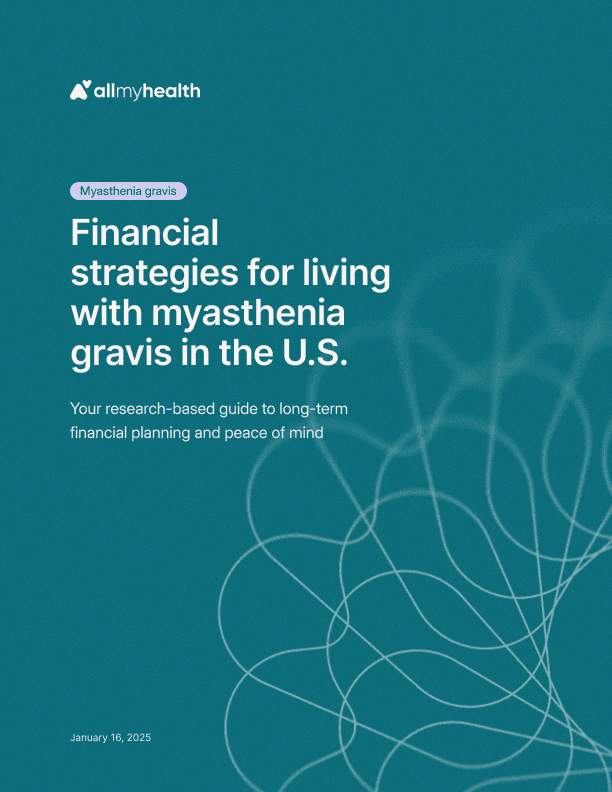
Stay informed
This report was published in our weekly newsletter and on our community page. Follow to stay up to date with the latest news and research relevant to your condition.
Introduction
Living with a chronic illness like Myasthenia Gravis (MG) presents unique challenges, including managing the financial burden of medical expenses and potential income fluctuations. This can be particularly challenging as MG can affect your ability to work consistently [1]. This comprehensive guide offers practical tips and resources to help you navigate the complexities of financial planning while living with MG in the US.
Understanding the Financial Implications of Myasthenia Gravis
Myasthenia Gravis can lead to unpredictable medical expenses, including doctor visits, medications, therapies, and potential hospitalizations. These costs can strain your finances, especially if your condition affects your ability to work consistently [1]. It's essential to understand that MG may cause periods of weakness and fatigue, potentially leading to disruptions in your work life and income. Proactive financial planning is crucial to mitigate these challenges and maintain financial stability.
Seeking Support from Myasthenia Gravis Organizations
Several organizations in the US provide support and resources for people with MG. These organizations offer valuable information, financial assistance, and community support:
Myasthenia Gravis Foundation of America (MGFA): A leading non-profit dedicated to finding a cure and better treatments for MG. They offer support services, patient advocacy, and educational programs.
Conquer Myasthenia Gravis: This organization focuses on helping MG patients receive prompt diagnosis and optimal care. They offer patient services, awareness campaigns, and educational resources.
Myasthenia Gravis Association (MGA): Dedicated to supporting individuals, families, and communities impacted by MG.
Muscular Dystrophy Association (MDA): MDA's mission is to empower people living with neuromuscular diseases (including MG) to live longer, more independent lives.
Government Benefits and Programs for Myasthenia Gravis Patients
Several government programs provide financial assistance to people with MG in the US:
Social Security Disability Insurance (SSDI): If your MG significantly impairs your ability to work, you may be eligible for SSDI benefits. The amount you receive through SSDI depends on your earnings history [1]. It's important to note that individuals aged 50 or older may have different eligibility criteria based on their work limitations and skills [5].
Supplemental Security Income (SSI): This program offers monthly payments to individuals with disabilities who have limited income and resources [6].
Medicaid: Medicaid provides healthcare coverage to eligible individuals with disabilities, including those with MG [6].
Private Disability Insurance Options
In addition to government programs, explore private disability insurance options to supplement your income if your MG prevents you from working. It's crucial to protect yourself financially with insurance, especially disability coverage, which can provide income replacement and financial stability when you need it most [7]. Short-term disability insurance provides partial income replacement for a limited time, while long-term disability insurance offers coverage for an extended period [8].
Life Insurance Considerations
While dealing with the challenges of MG, it's also important to consider your long-term financial security. Life insurance can provide peace of mind and financial protection for your loved ones. Certain life insurance policies may offer riders, such as the "BenefitAccess Rider," which may provide benefits to individuals with chronic illnesses like MG9. Consult with a financial advisor to explore life insurance options and determine the best coverage for your needs.
Budgeting and Saving with Unpredictable Medical Expenses
Creating a budget and saving for unpredictable medical expenses is essential when living with MG. Here are some strategies:
Track Your Expenses: Monitor your medical expenses closely to understand your spending patterns [10].
Build an Emergency Fund: Establish an emergency fund to cover unexpected medical costs. Aim to save three to six months' worth of living expenses [10].
Utilize Health Savings Accounts (HSAs) and Flexible Spending Accounts (FSAs): If your employer offers these tax-advantaged accounts, contribute to them to cover qualified medical expenses [10].
Negotiate with Healthcare Providers: Don't hesitate to negotiate with healthcare providers and explore payment plans if needed [12].
In addition to managing day-to-day expenses, it's crucial to consider long-term legal and financial planning to protect your assets and ensure your future well-being.
Legal and Financial Planning for People with Disabilities
Consider these legal and financial planning resources:
Estate Planning: Develop an estate plan that includes a will, power of attorney, and healthcare directives to ensure your wishes are honored. Estate planning is particularly important for individuals with MG, as it allows you to make decisions about your medical care and finances in advance. This includes creating a living will that outlines your preferences for medical treatment and assigning power of attorney to a trusted person who can manage your affairs if you become unable to do so [7].
Legal Professionals: Consult with a legal professional specializing in disability law to understand your rights and options [14].
Managing Medical Debt and Negotiating with Healthcare Providers
If you're facing medical debt, explore these resources:
Patient Advocate Foundation: This organization helps patients with diagnosed diseases with a range of services, including financial assistance [16].
Medical Bill Negotiation: Contact your healthcare providers to discuss payment options and potential discounts [17].
Case Managers: Some insurance companies provide case managers who can help you navigate medical care, health insurance policies, and bills. Reach out to your insurance provider to see if this service is available to you [18].
Professional Bill Reviewers: Consider hiring a professional bill reviewer or medical claims organization to ensure the accuracy of your medical bills and check for any upcharges or errors [18].
Navigating Insurance and Getting Treatment Paid For
Understanding your health insurance coverage is crucial for managing MG-related expenses. Here are some tips:
Review Your Policy: Familiarize yourself with your policy's coverage for MG treatments, medications, and therapies [19].
Explore Patient Assistance Programs: Many pharmaceutical companies offer patient assistance programs to help cover medication costs [12].
Contact Your Insurance Provider: If you have questions or need assistance with claims, reach out to your insurance provider [19].
Financial Assistance Programs
Several organizations offer financial assistance to help cover the costs of MG treatment:
Copay Assistance
PAN Foundation: Provides financial assistance for deductibles, copays, and coinsurance costs. To be eligible, you must have Medicare insurance, and your income must fall at or below 500% of the Federal Poverty Level [21].
The Assistance Fund: Offers financial assistance for copayments, coinsurance, deductibles, and other health-related expenses. Eligibility criteria vary depending on the specific fund [22].
NORD (National Organization for Rare Disorders): Provides financial support for health insurance premiums, deductibles, copayments, and coinsurance costs. Eligibility varies depending on the specific program [23].
Conquer MG: Offers financial assistance for medical treatment, durable medical equipment, and medication up to $1,000 per year [24].
Premium Assistance
PAN Foundation: Provides financial assistance for health insurance premiums. Eligibility criteria are similar to their copay assistance program [25].
Transportation Assistance
PAN Foundation: Offers a transportation grant that can cover up to $500 per year in transportation costs associated with treatment [25].
It's important to note that you can enroll in both the myasthenia gravis copay and premium programs offered by the PAN Foundation, as long as you meet the eligibility requirements and funding is available [21].
Conclusion: Taking Control of Your Financial Well-being
Living with Myasthenia Gravis requires proactive financial planning. By understanding the resources available, developing a budget, and seeking support, you can navigate the financial challenges of MG and focus on your health and well-being. Here are some key recommendations:
Connect with MG Organizations: Reach out to organizations like the MGFA, Conquer MG, and the MGA for support, resources, and potential financial assistance.
Explore Government Assistance: Investigate government programs like SSDI, SSI, and Medicaid to determine if you qualify for financial aid and healthcare coverage.
Develop a Budget: Create a budget that accounts for your medical expenses and potential income fluctuations.
Build an Emergency Fund: Establish an emergency fund to cover unexpected medical costs and financial emergencies.
Seek Professional Guidance: Consult with financial and legal professionals who specialize in disability planning to develop a comprehensive financial plan and protect your assets.
Stay Informed: Stay informed about your health insurance coverage, explore patient assistance programs, and advocate for your needs.
By taking these steps, you can take control of your financial well-being and face the challenges of MG with greater confidence and peace of mind.
References
1. Disability Benefits and Retirement With Myasthenia Gravis: 7 Facts - MGteam, https://www.mgteam.com/resources/disability-benefits-and-retirement-with-myasthenia-gravis-facts
2. Myasthenia Gravis Foundation of America, Inc - National Organization for Rare Disorders, https://rarediseases.org/organizations/myasthenia-gravis-foundation-of-america-inc/
3. Myasthenia Gravis Advocacy Groups - More Than MG, https://morethanmg.com/advocacy-groups
4. Myasthenia Gravis Association, http://www.mgakc.org/
5. Social Security disability benefits may be an option for Myasthenia Gravis - Allsup, https://www.allsup.com/your-ssdi/eligible-disabilities/myasthenia-gravis
6. Financial Planning for Individuals with I/DD: A Complete Guide - Person Centered Services, https://pcsofca.com/blog/financial-planning-idd/
7. Financial Tips for Living with Chronic Illness - New York Life Insurance, https://www.newyorklife.com/articles/five-essential-planning-tips-for-chronic-illnesses
8. Myasthenia Gravis Financial Circumstances - MG United, https://www.mg-united.comFinancial Tips for Living with Chronic Illness | New York Life/career-and-future-planning/myasthenia-gravis-financial-circumstances
9. Chronic Illness Planning | Prudential Financial, https://www.prudential.com/advisors/life-insurance/client-solutions/chronic-illness-planning
10. Budgeting for Medical Expenses | Your MONECO Advisors Team, https://www.monecoadvisors.com/blog/budgeting-for-medical-expenses
11. How to manage unexpected expenses with ease - Albert, https://albert.com/blog/how-to-manage-unexpected-expenses
12. www.webmd.com, https://www.webmd.com/brain/features/plan-finances-myasthenia-gravis#:~:text=Contact%20your%20health%20care%20provider,local%20health%20center%20for%20assistance.
14. Special Needs Future Planning for Benefits, Legal & Financial Issues - Illinois Life Span, https://www.illinoislifespan.org/special-needs-future-planning-for-benefits-legal-financial-issues/
15. How to get Assistance with Medical Bills | United Way 211, https://www.211.org/about-usblog/how-get-assistance-medical-bills
16. Medical Bill Negotiation - Dollar For, https://dollarfor.org/medical-bill-negotiation-tips/
17. DIY For Negotiating Medical Debt - Community Health Advocates, http://communityhealthadvocates.org/wp-content/uploads/2020/08/DIY-Negotiating-Medical-Debt.pdf
18. Quick Guide to Managing Medical Bills - Triage Cancer, https://triagecancer.org/quick-guides/managing-medical-bills
19. Health Insurance 101: Navigating Coverage with MG, https://www.mg-united.com/navigating-healthcare/myasthenia-gravis-and-health-insurance
20. New myasthenia gravis disease fund opens - PAN Foundation, https://www.panfoundation.org/new-myasthenia-gravis-disease-fund-opens/
21. www.panfoundation.org, https://www.panfoundation.org/pan-launches-insurance-premium-fund-for-myasthenia-gravis/
22. Assistance Fund Opens Co-Pay Program for Myasthenia Gravis Patients, https://myastheniagravisnews.com/news/assistance-fund-copay-program-myasthenia-gravis-patients/
23. Myasthenia Gravis (MG) Patient Assistance Programs - National Organization for Rare Disorders, https://rarediseases.org/wp-content/uploads/2021/01/MG-PAP-FAQ-1-2021.pdf
24. Direct Patient Assistance Program - Conquer Myasthenia Gravis, https://myastheniagravis.org/we-can-help/what-we-do/
25. Financial and Support Assistance | Myasthenia Gravis Foundation of America, https://myasthenia.org/living-with-mg/educational-resources-and-assistance/financial-and-support-assistance/

Gaucher disease
·
Inclusion of Gaucher disease in newborn screening panels across the U.S.
Apr 9, 2025

Hemophilia
·
Qfitlia: A breakthrough in hemophilia treatment
Apr 3, 2025

Multiple myeloma
·
Navigating clinical trials in multiple myeloma
Apr 2, 2025

Gene and cell therapy
·
An introduction to cell therapy
Mar 25, 2025

Gene and cell therapy
·
An introduction to gene therapy
Mar 19, 2025
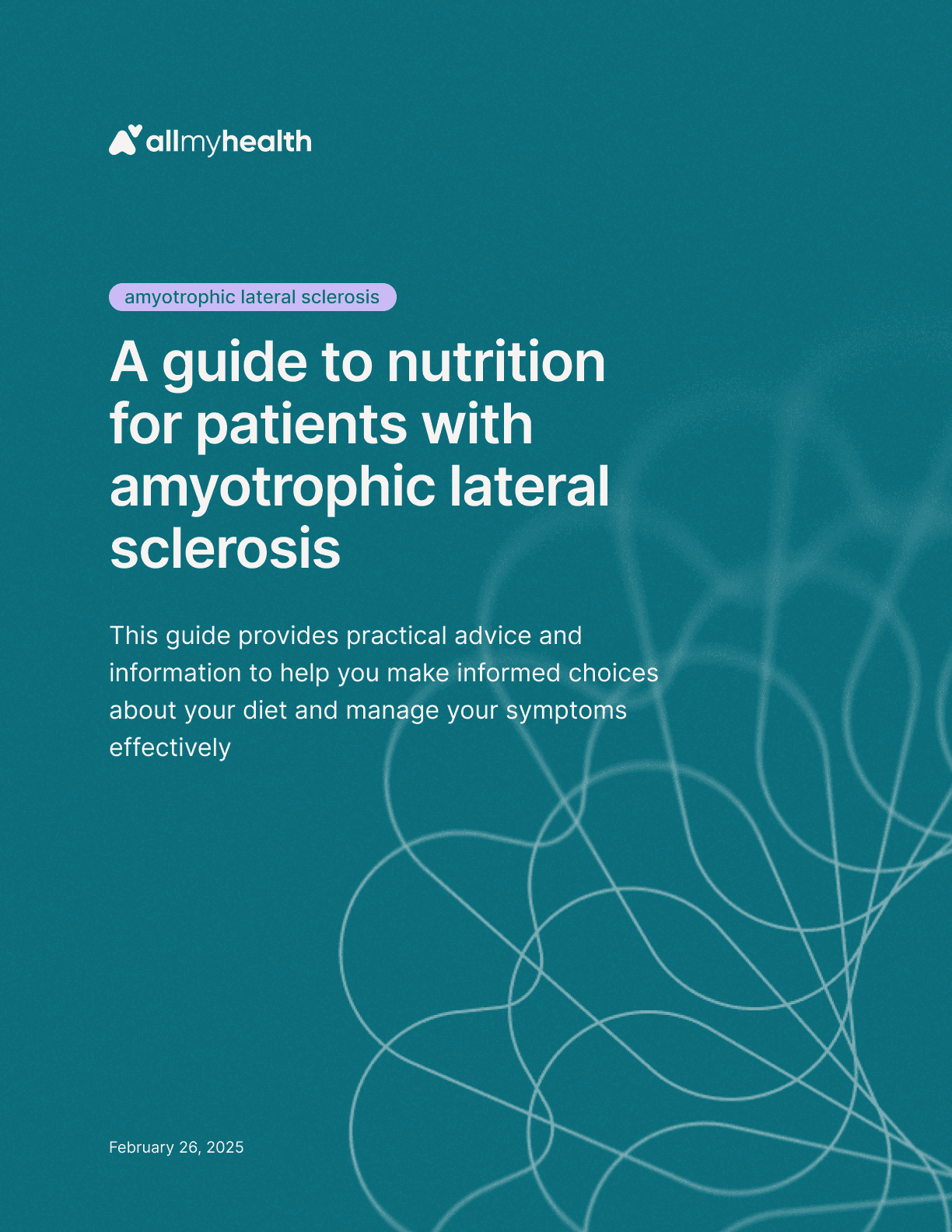
Amyotrophic lateral sclerosis
·
A guide to nutrition for patients with amyotrophic lateral sclerosis
Feb 26, 2025
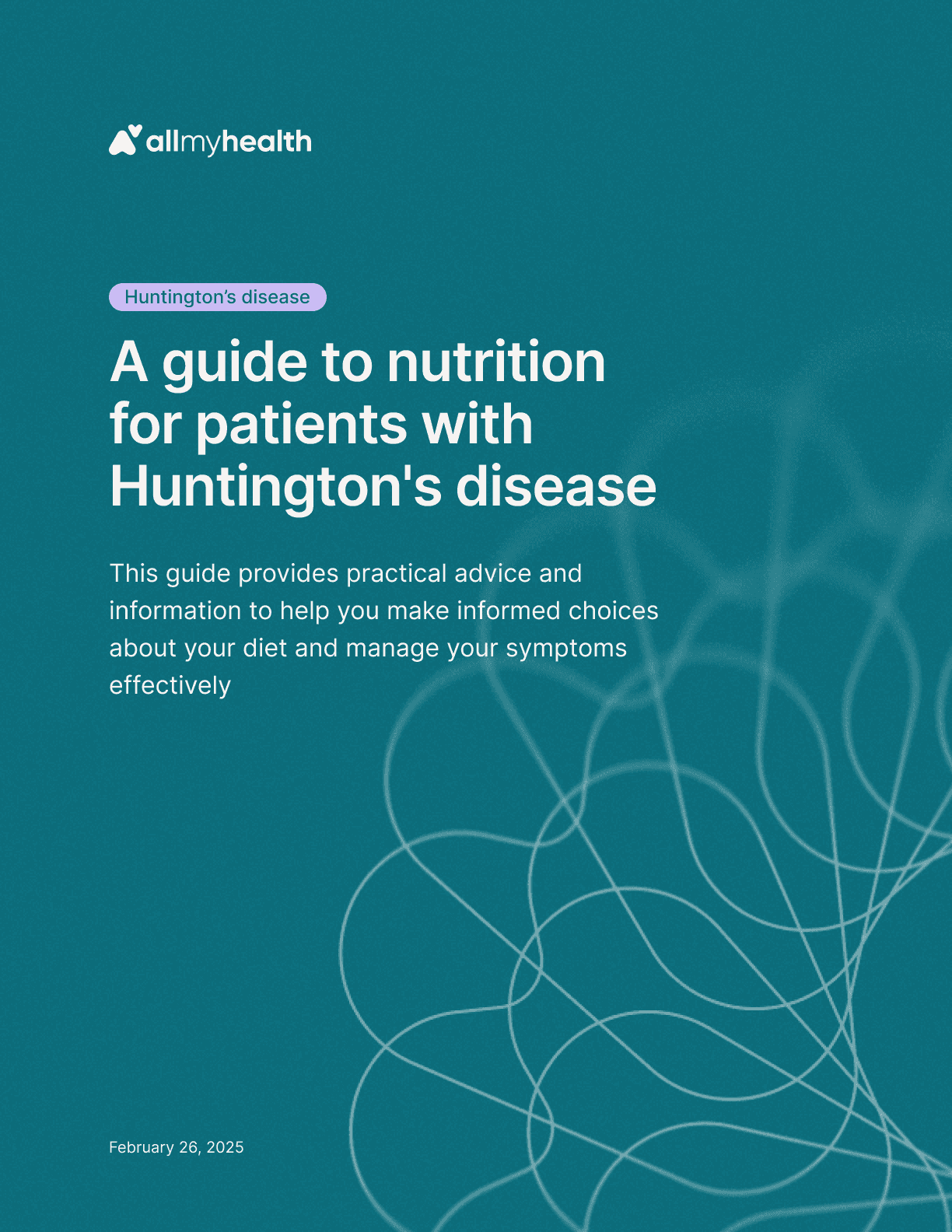
Huntington's disease
·
A guide to nutrition for patients with Huntington's disease
Feb 26, 2025

Spinal muscular atrophy
·
A guide to nutrition for patients with spinal muscular atrophy
Feb 26, 2025
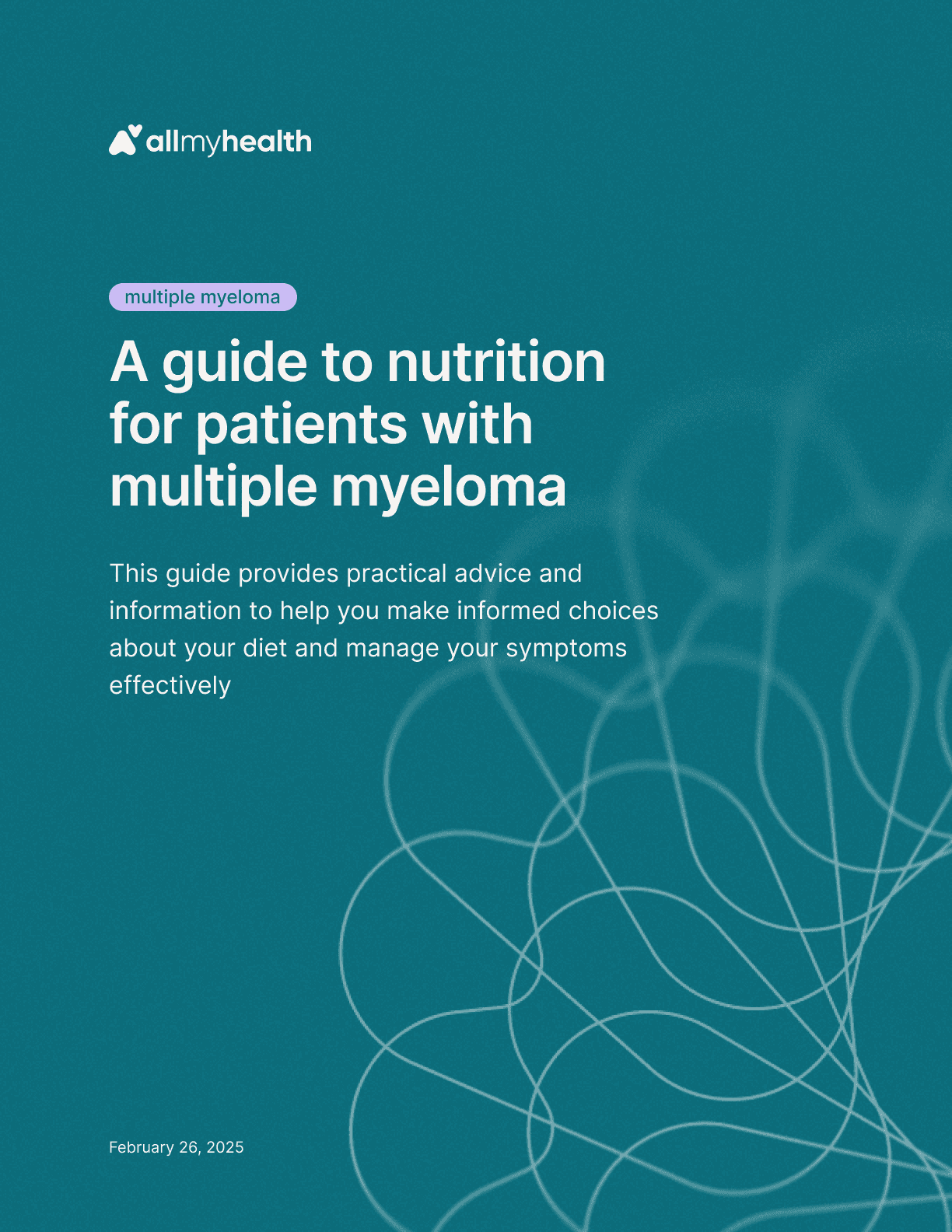
Multiple myeloma
·
A guide to nutrition for patients with multiple myeloma
Feb 26, 2025
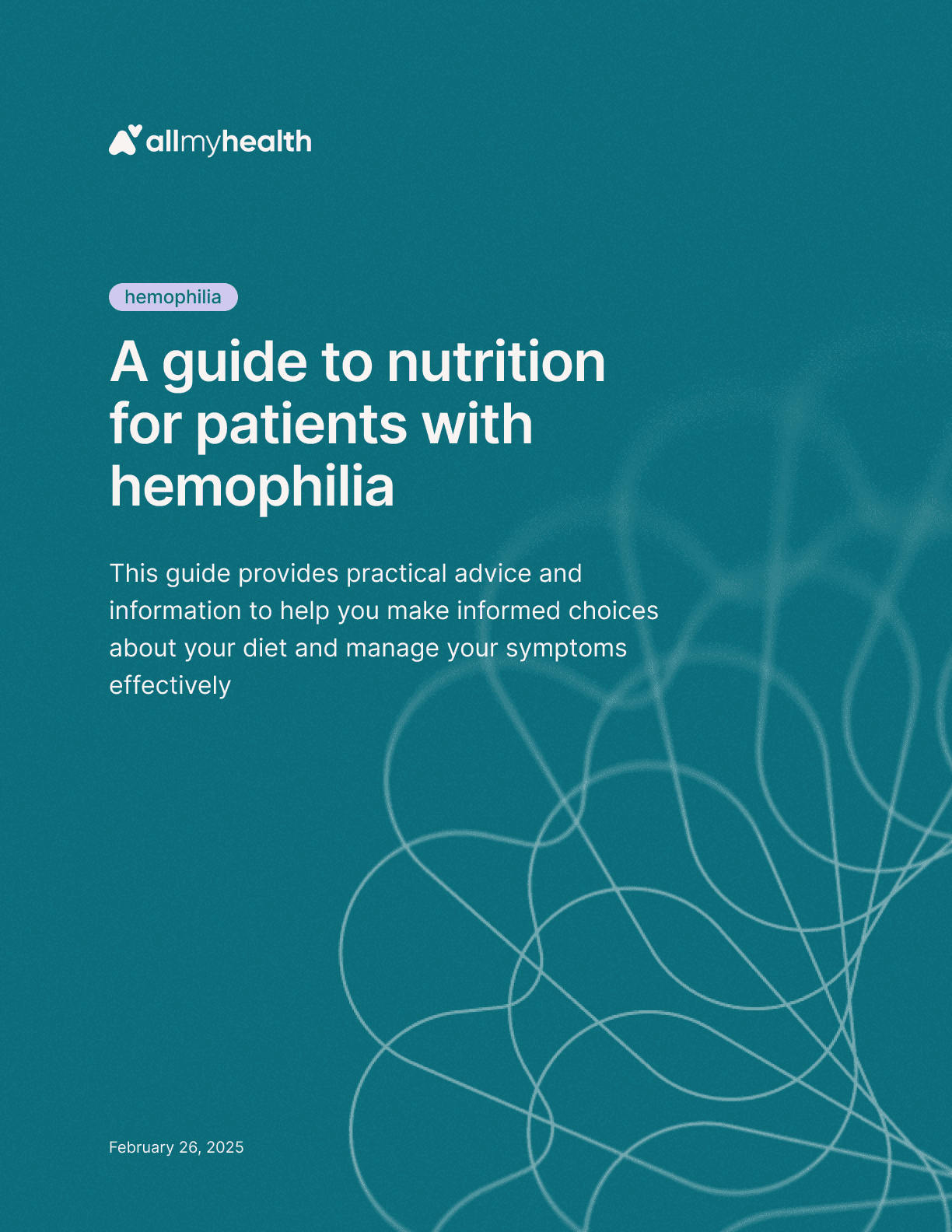
Hemophilia
·
A guide to nutrition for patients with hemophilia
Feb 26, 2025
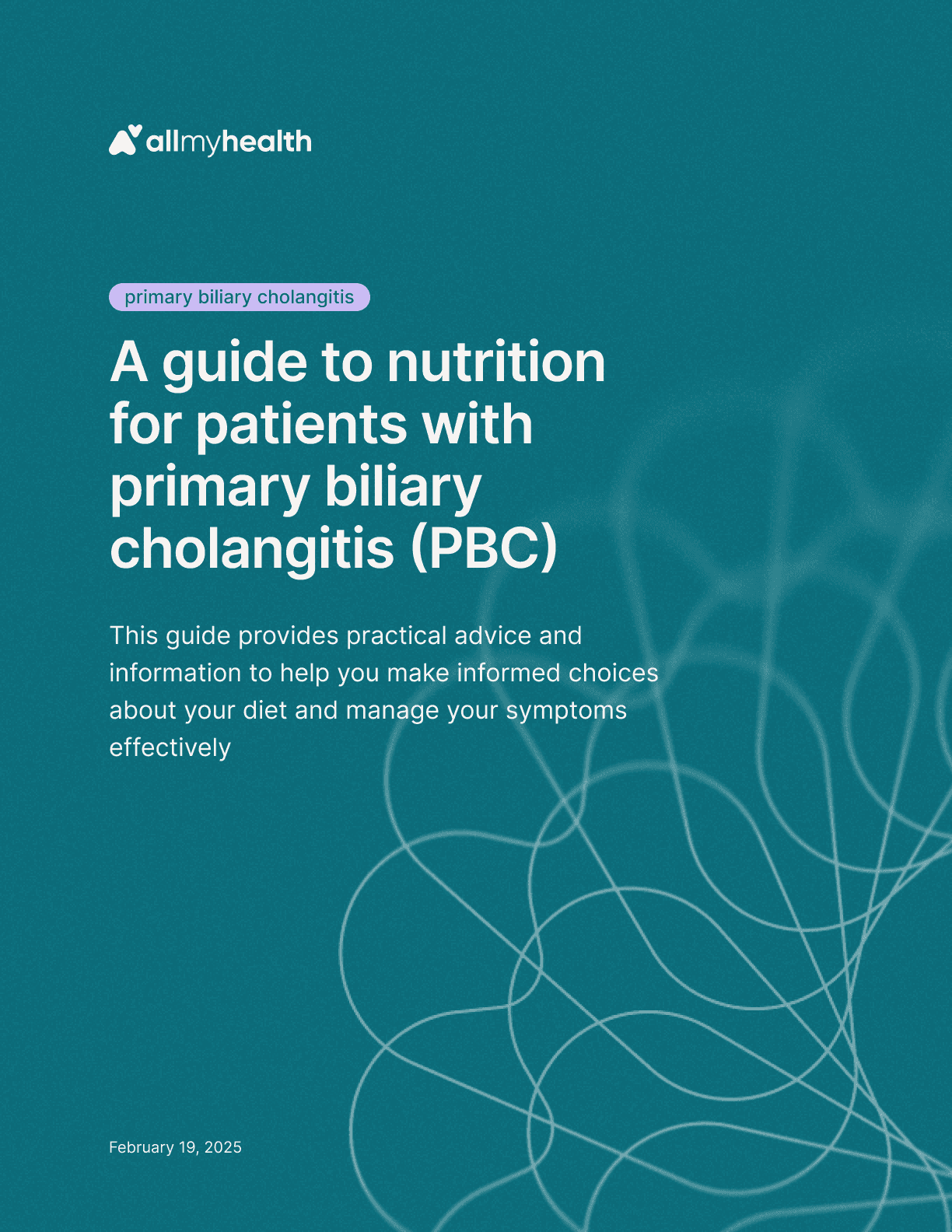
Primary biliary cholangitis
·
A guide to nutrition for patients with primary biliary cholangitis (PBC)
Feb 19, 2025
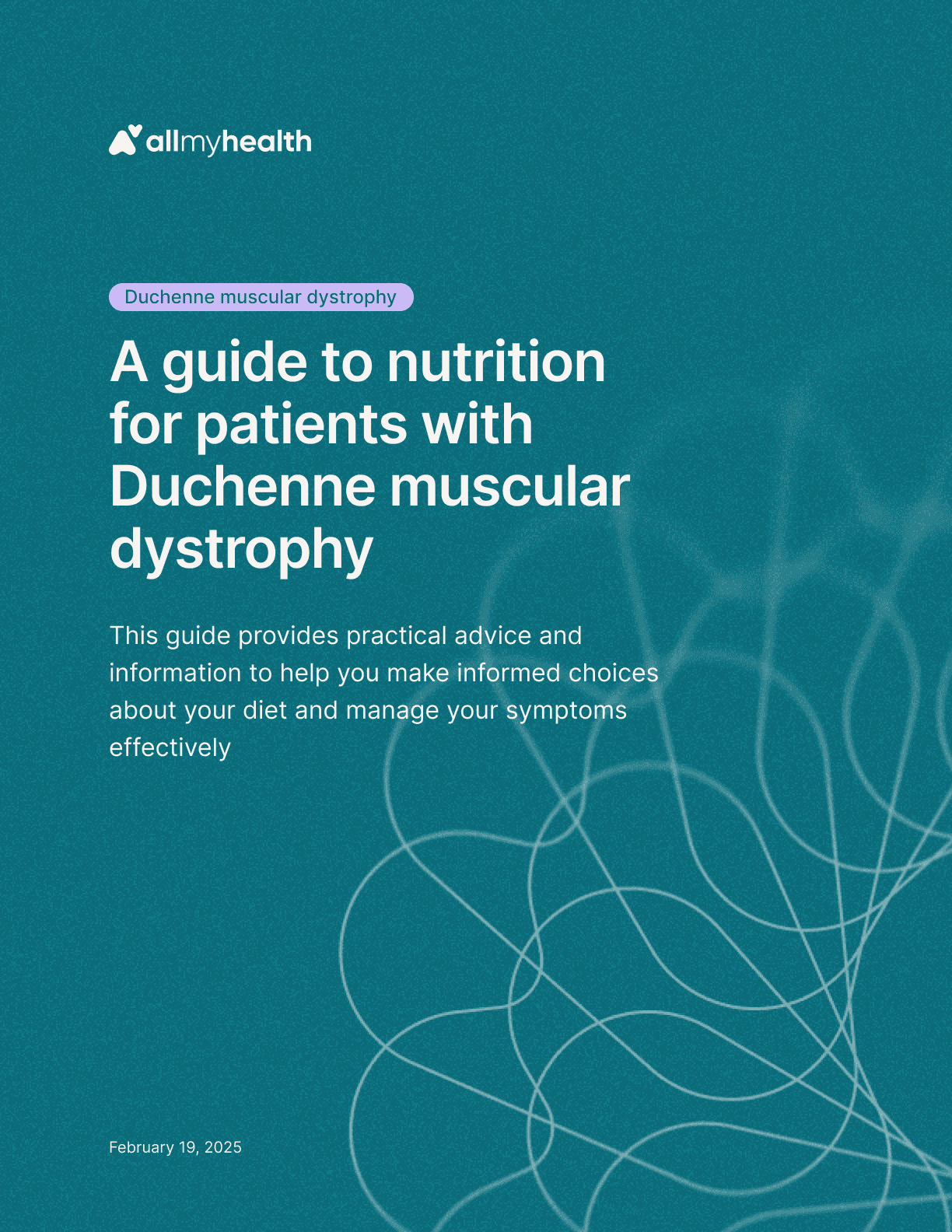
Duchenne muscular dystrophy
·
A guide to nutrition for patients with Duchenne muscular dystrophy
Feb 19, 2025
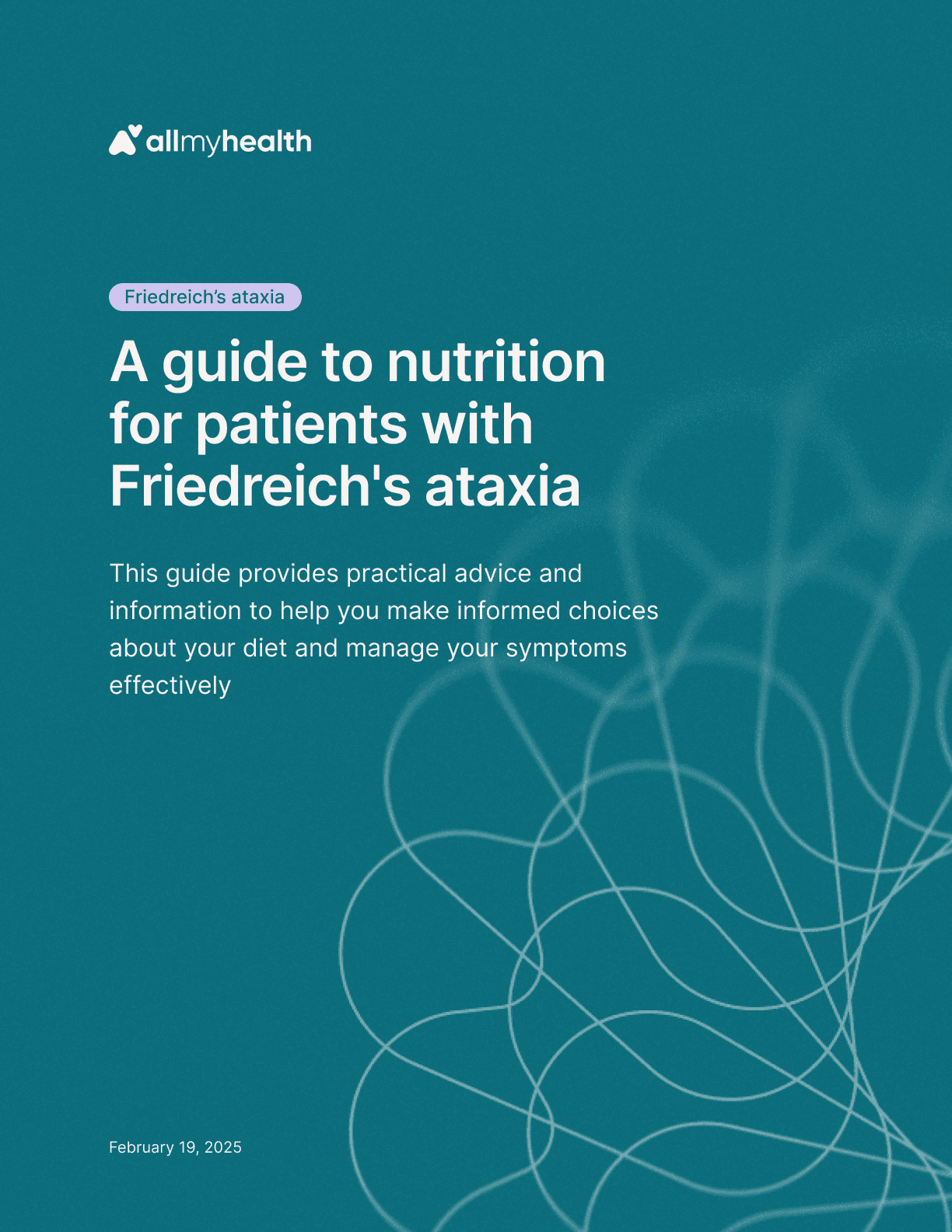
Friedreich's ataxia
·
A guide to nutrition for patients with Friedreich's ataxia
Feb 19, 2025
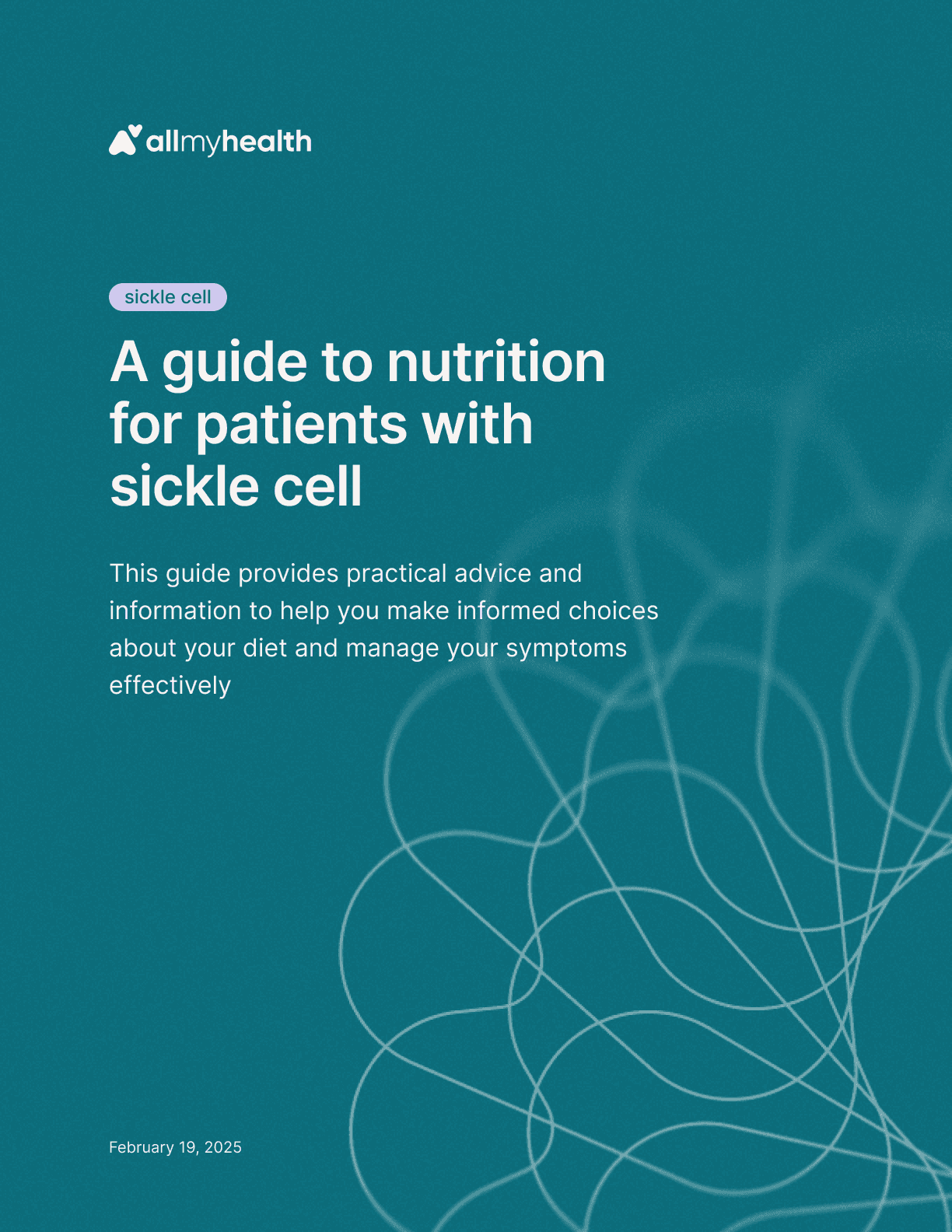
Sickle cell
·
A guide to nutrition for patients with sickle cell
Feb 19, 2025

Mantle cell lymphoma
·
A guide to nutrition for patients with mantle cell lymphoma
Feb 19, 2025
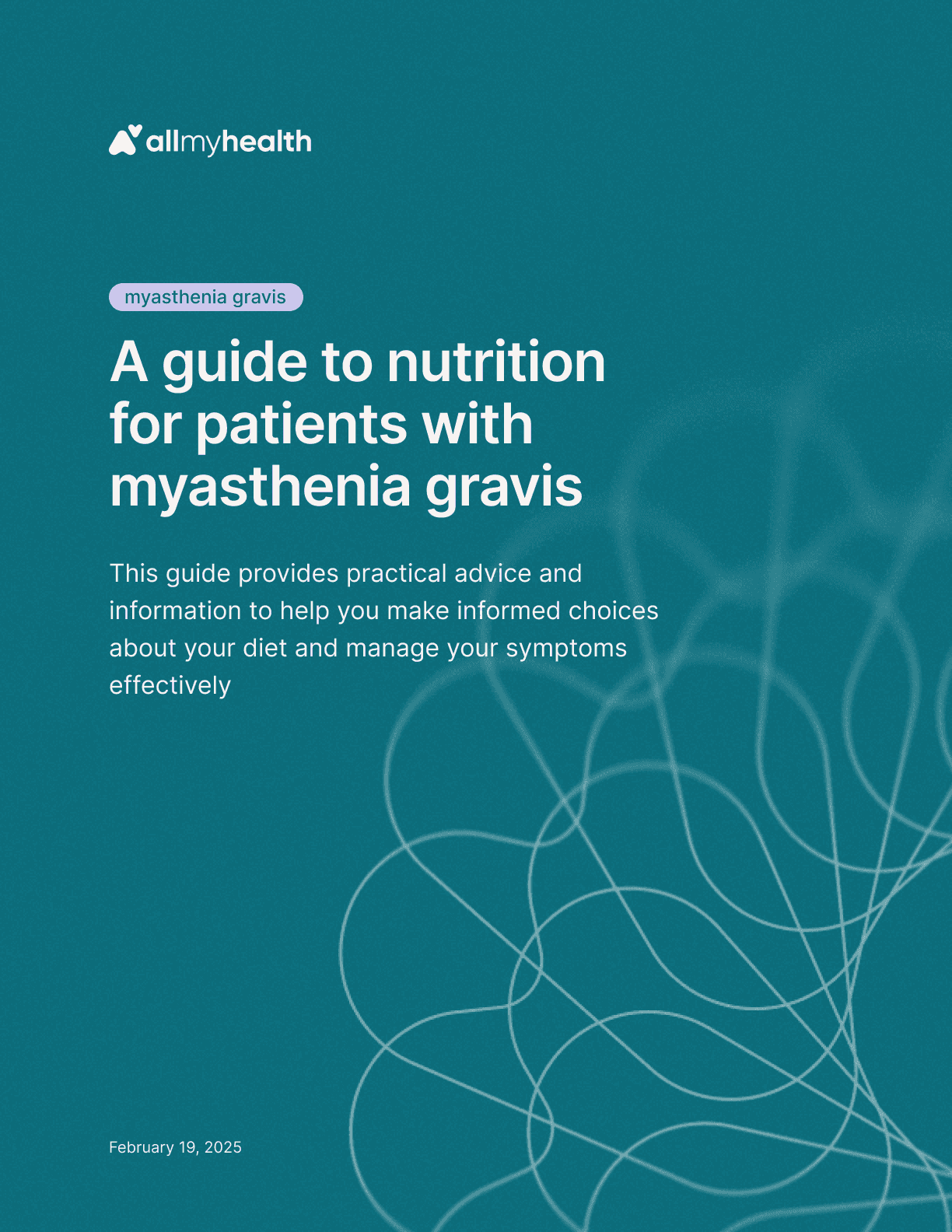
Myasthenia gravis
·
A guide to nutrition for patients with myasthenia gravis
Feb 19, 2025
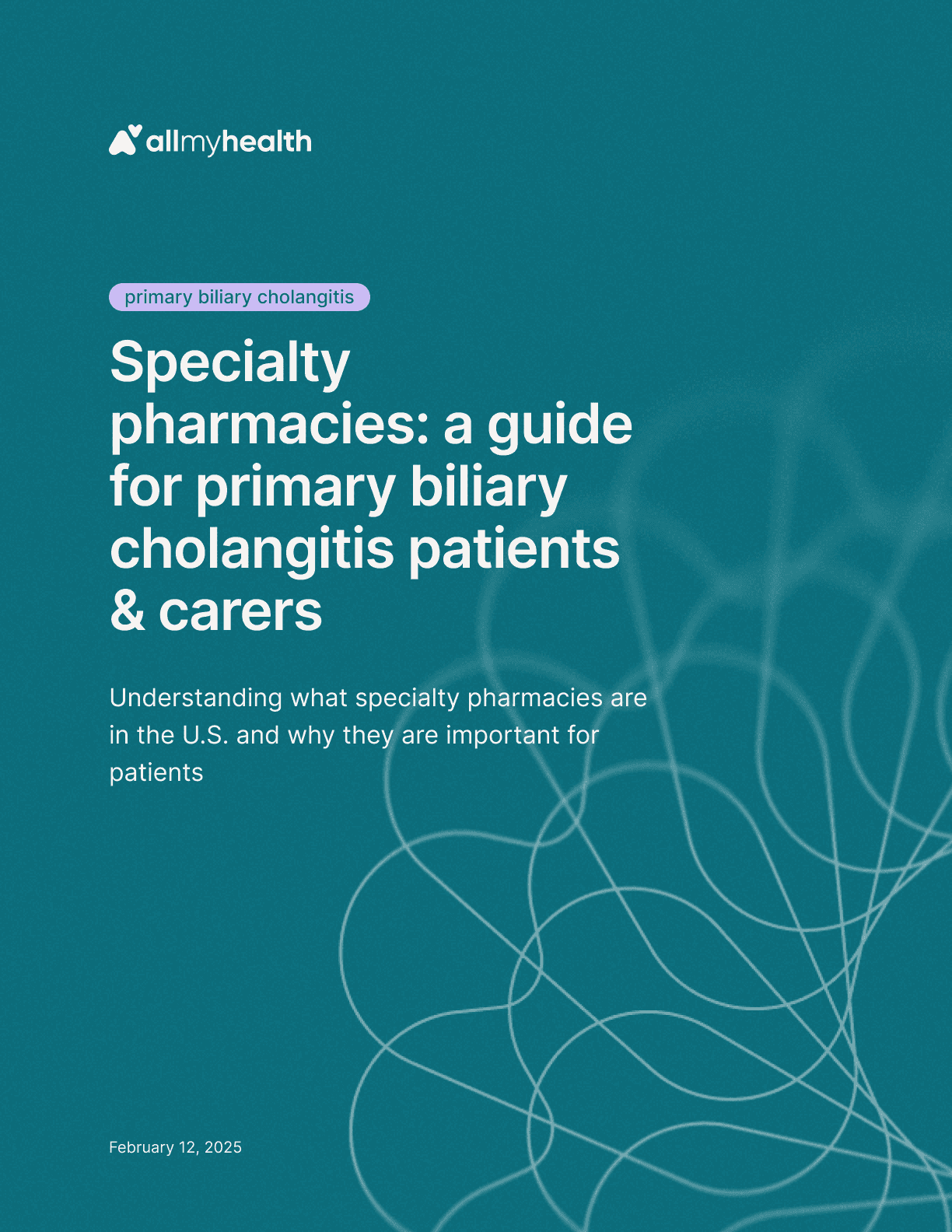
Primary biliary cholangitis
·
Specialty pharmacies: a guide for primary biliary cholangitis patients & carers
Feb 12, 2025
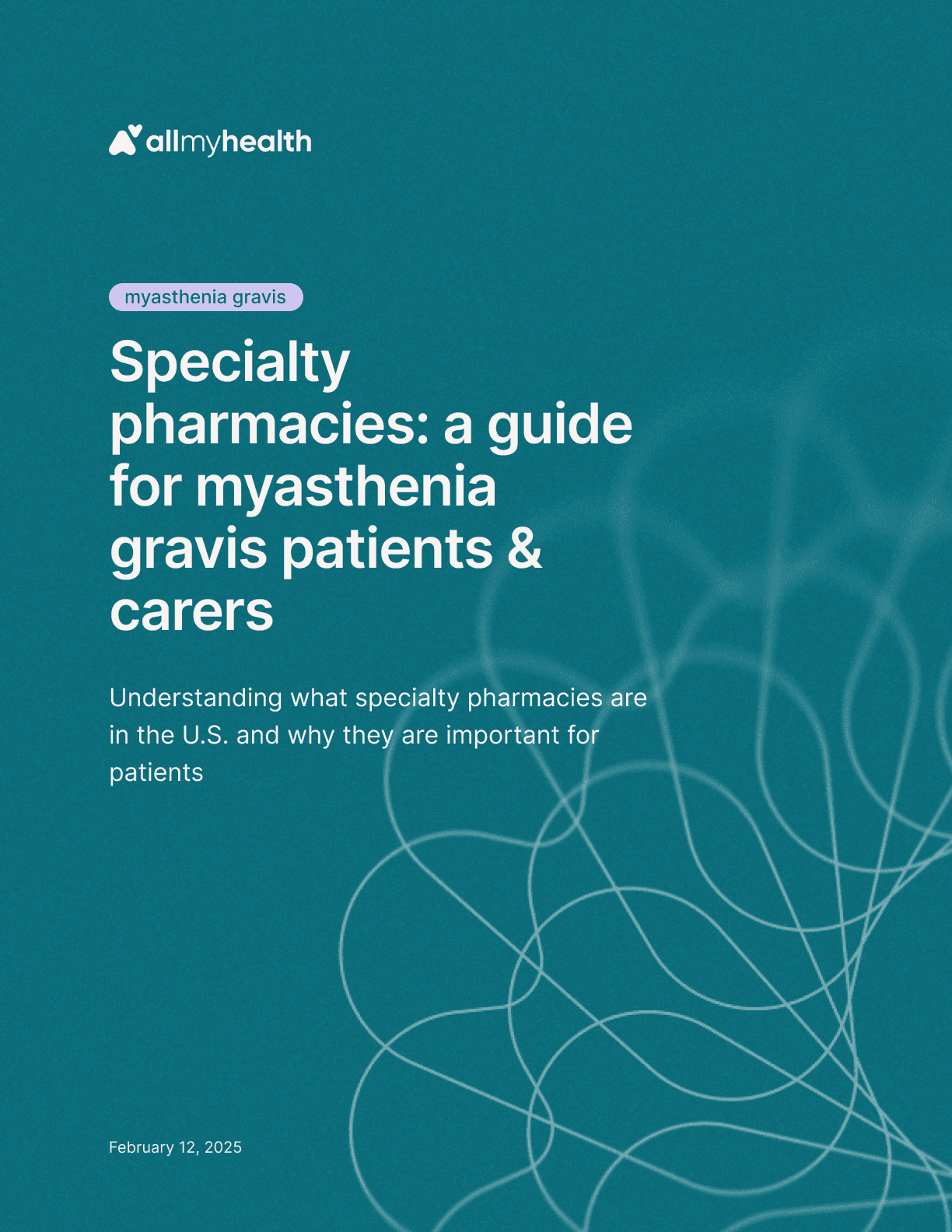
Myasthenia gravis
·
Specialty pharmacies: a guide for myasthenia gravis patients & carers
Feb 12, 2025
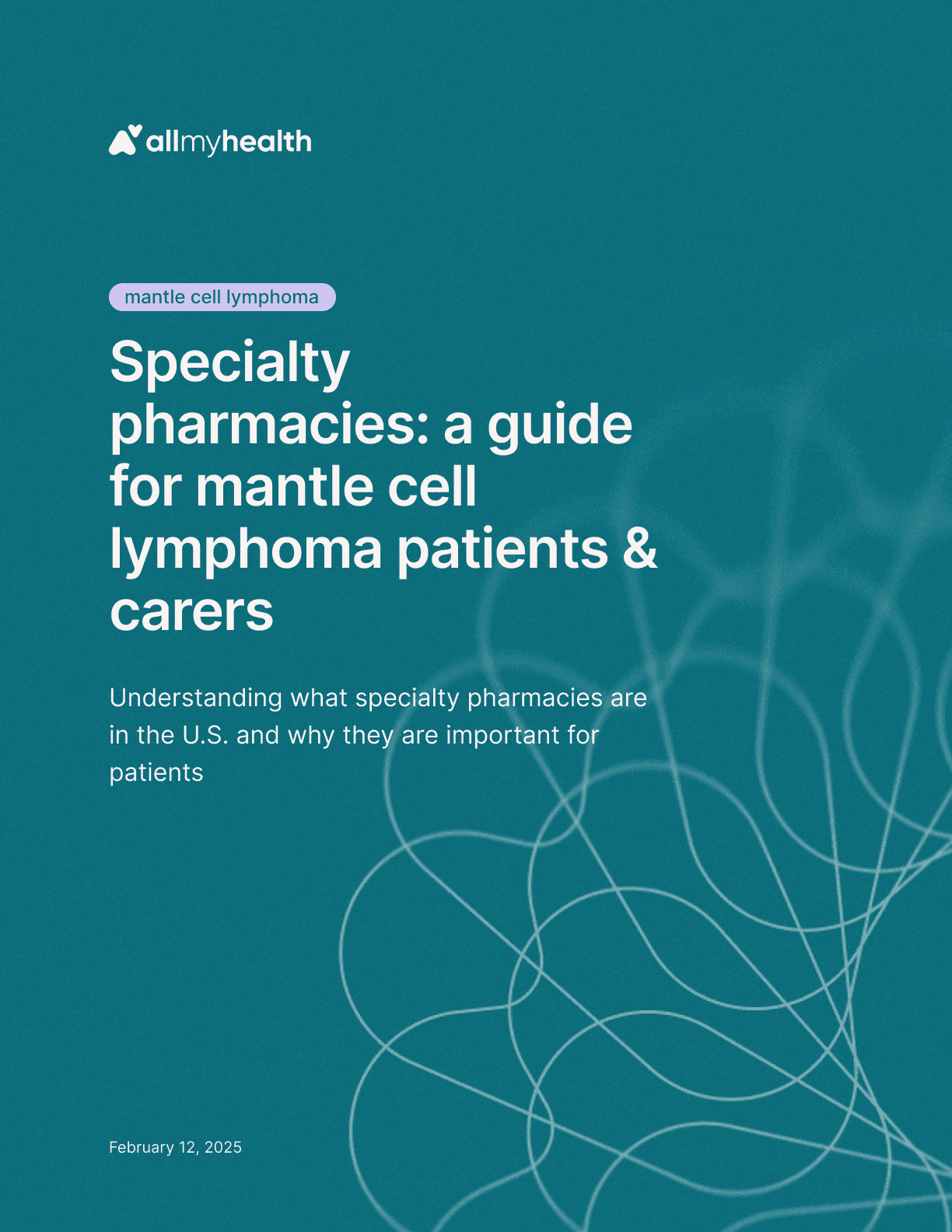
Mantle cell lymphoma
·
Specialty pharmacies: a guide for mantle cell lymphoma patients & carers
Feb 12, 2025
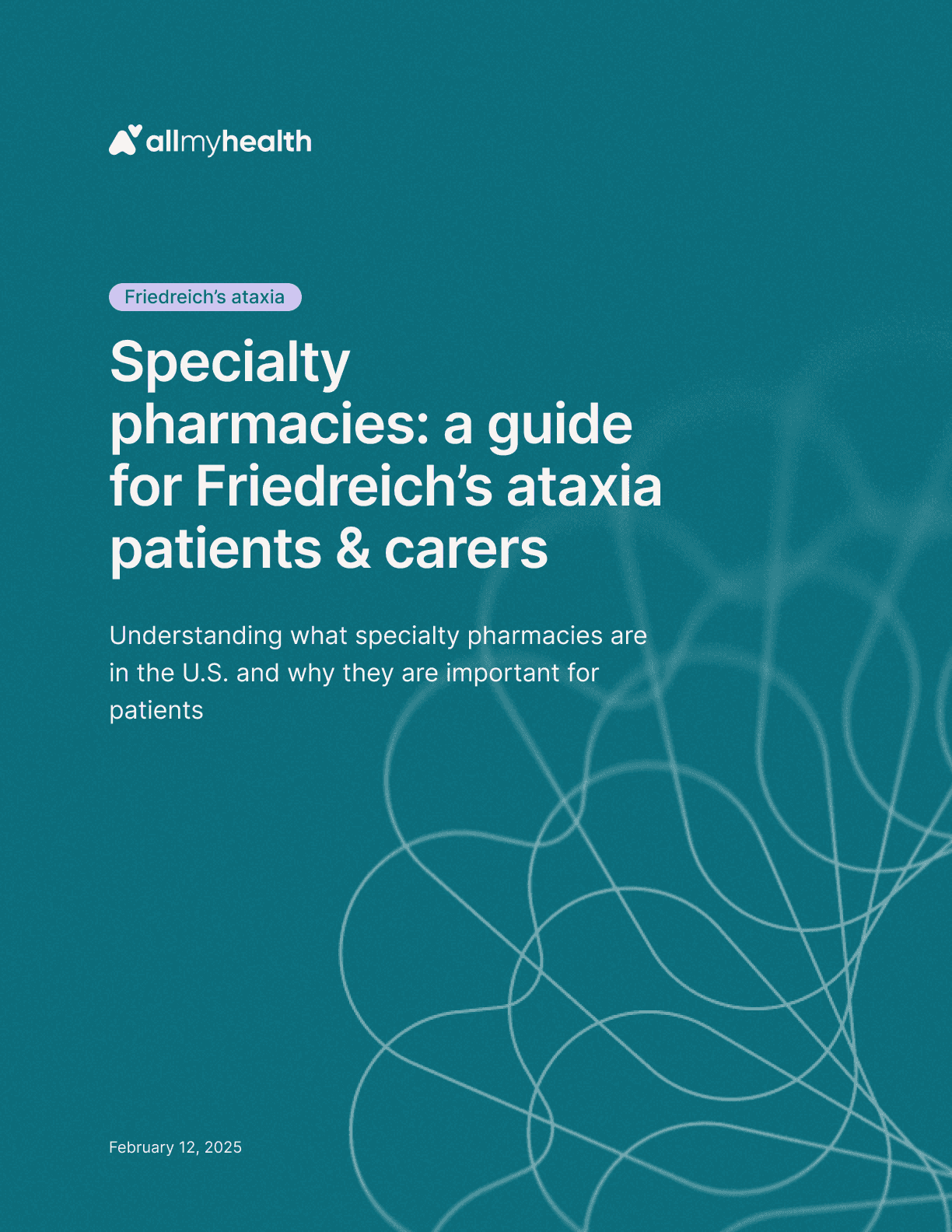
Friedreich's ataxia
·
Specialty pharmacies: a guide for Friedreich’s ataxia patients & carers
Feb 12, 2025
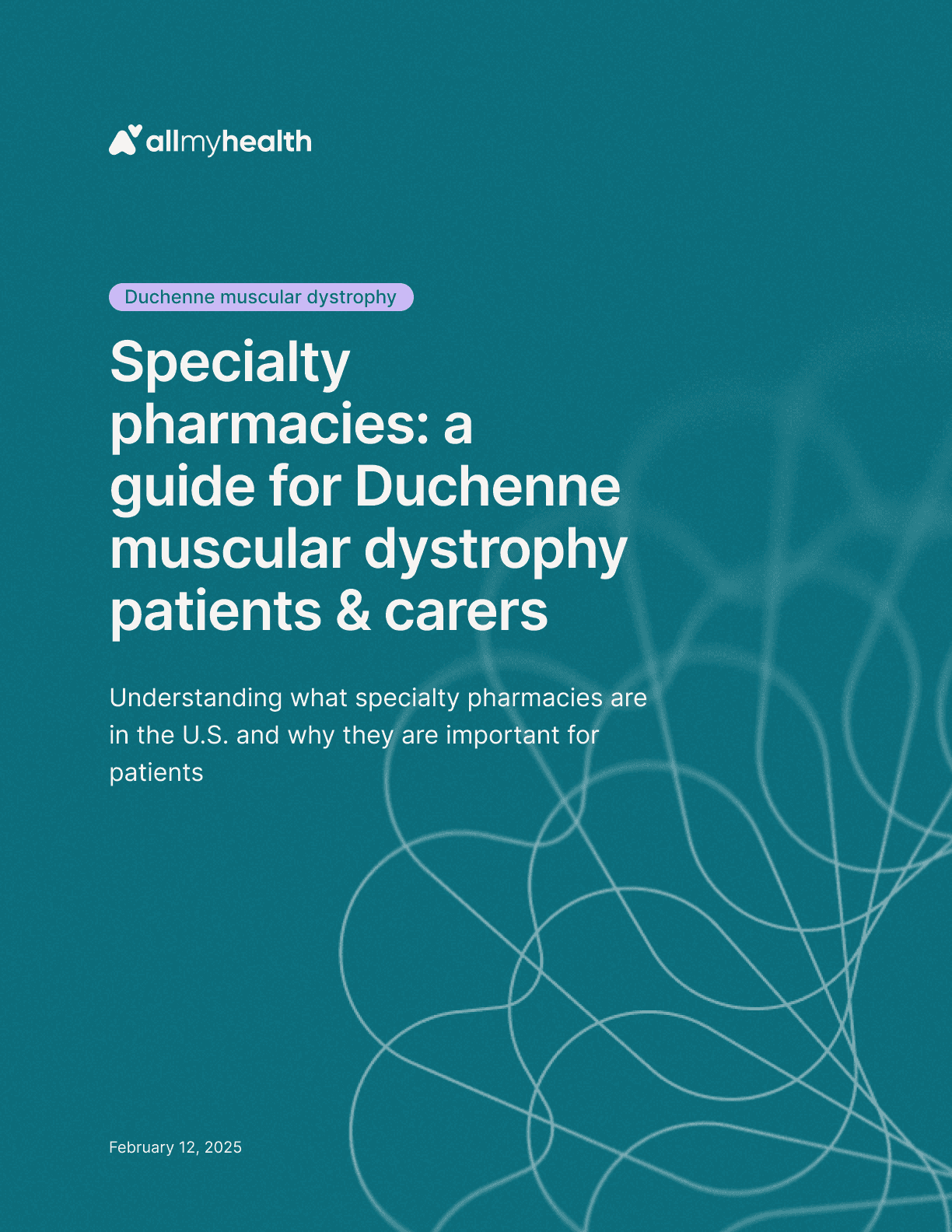
Duchenne muscular dystrophy
·
Specialty pharmacies: a guide for Duchenne muscular dystrophy patients & carers
Feb 12, 2025

Spinal muscular atrophy
·
Specialty pharmacies: a guide for SMA patients & carers
Feb 6, 2025
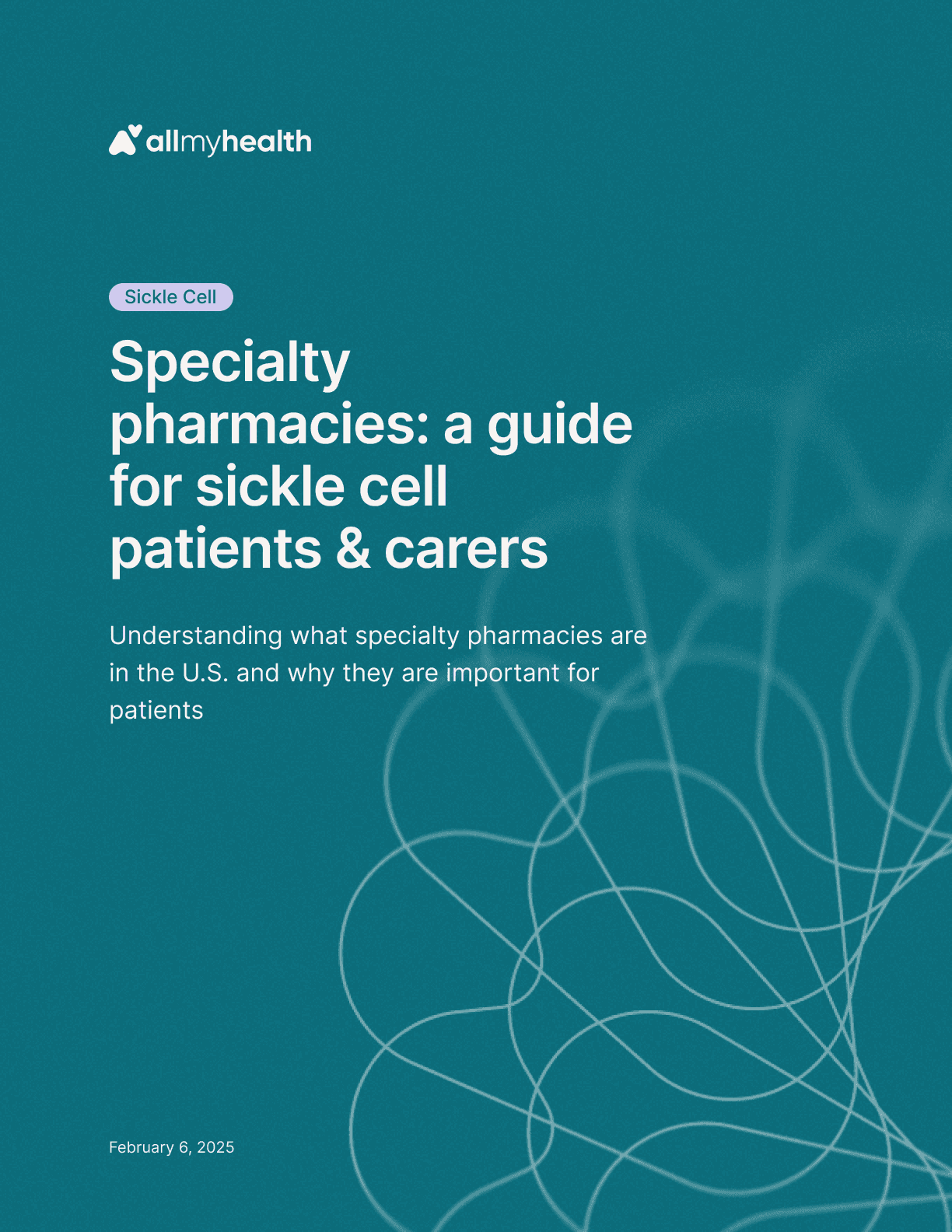
Sickle cell
·
Specialty pharmacies: a guide for sickle cell patients & carers
Feb 6, 2025
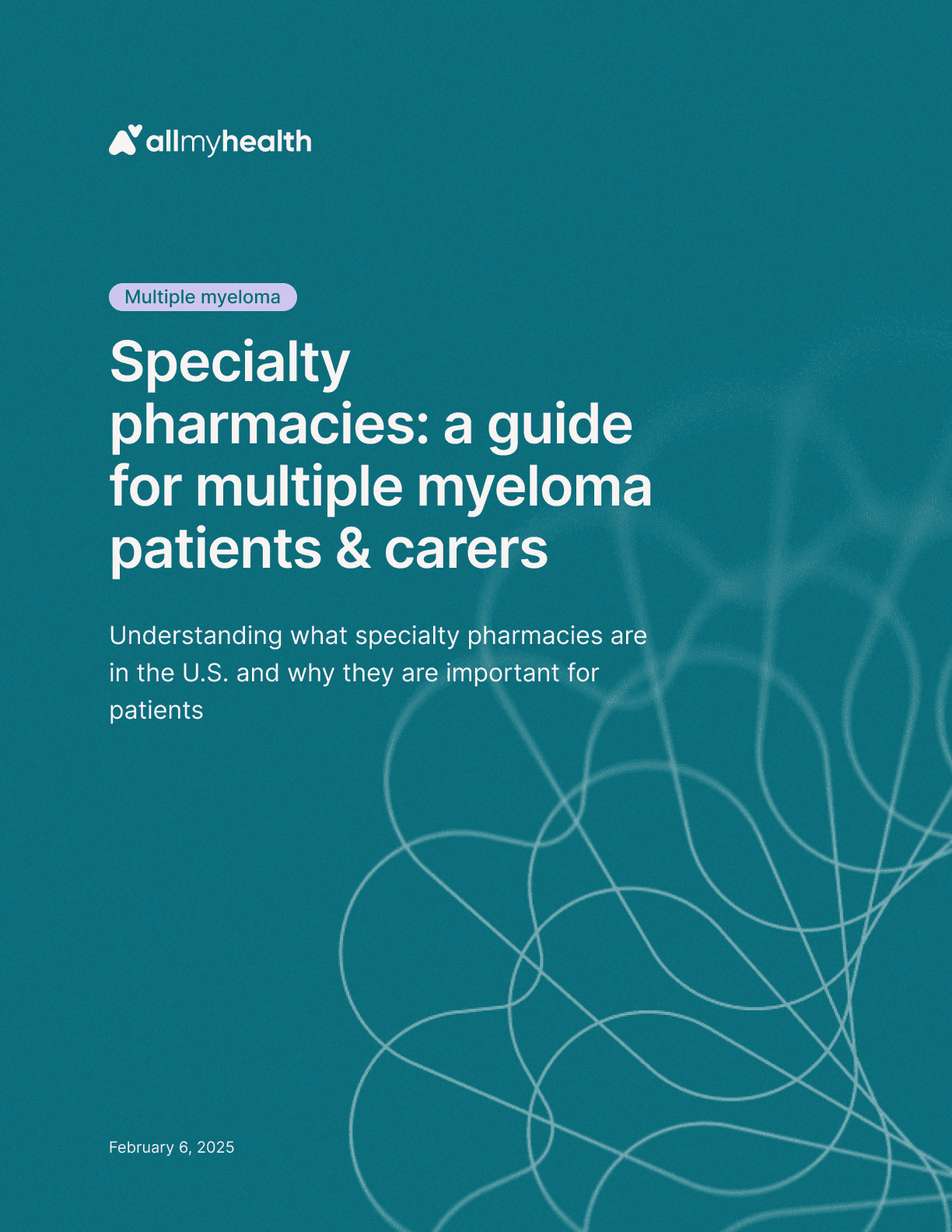
Multiple myeloma
·
Specialty pharmacies: a guide for multiple myeloma patients & carers
Feb 6, 2025
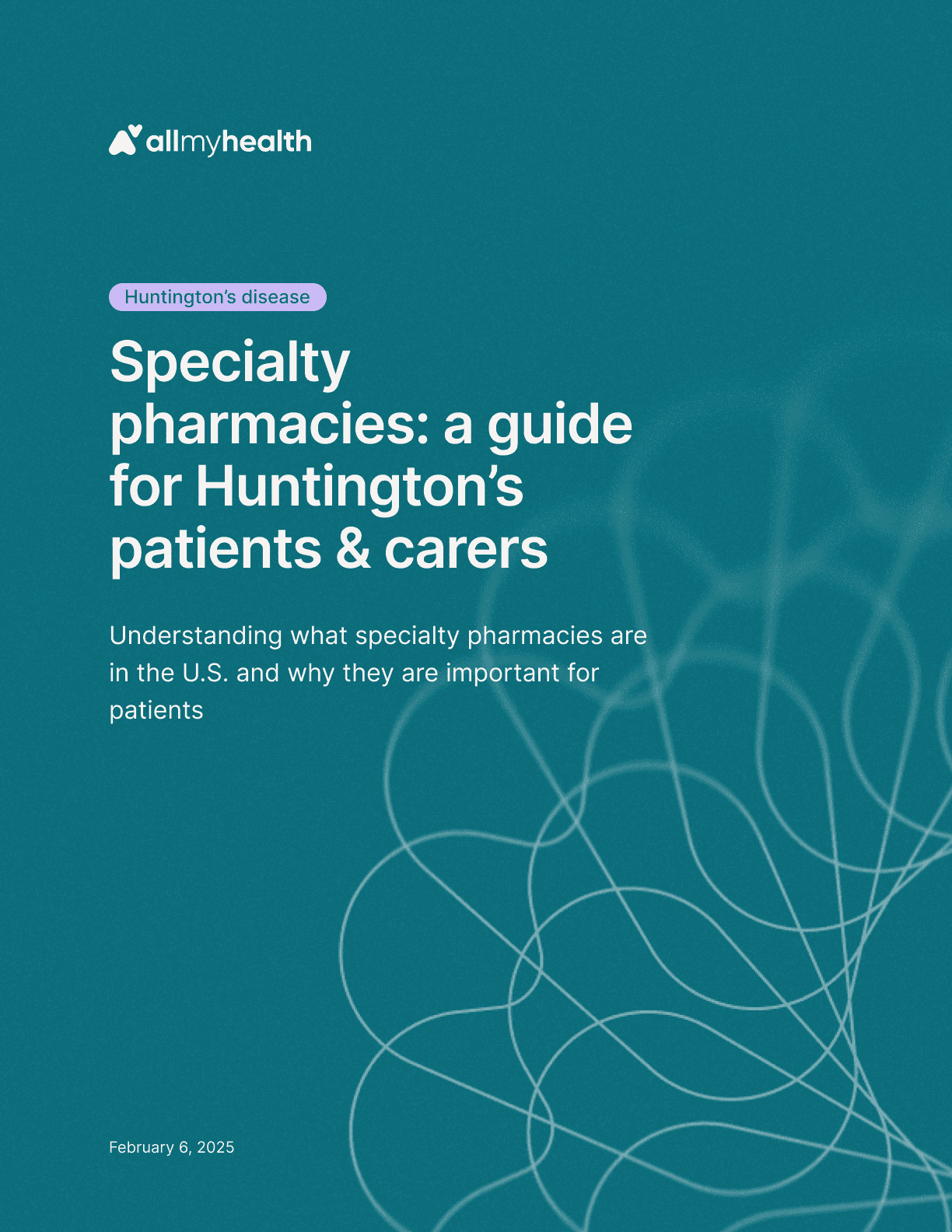
Huntington's disease
·
Specialty pharmacies: a guide for Huntington’s disease patients & carers
Feb 6, 2025
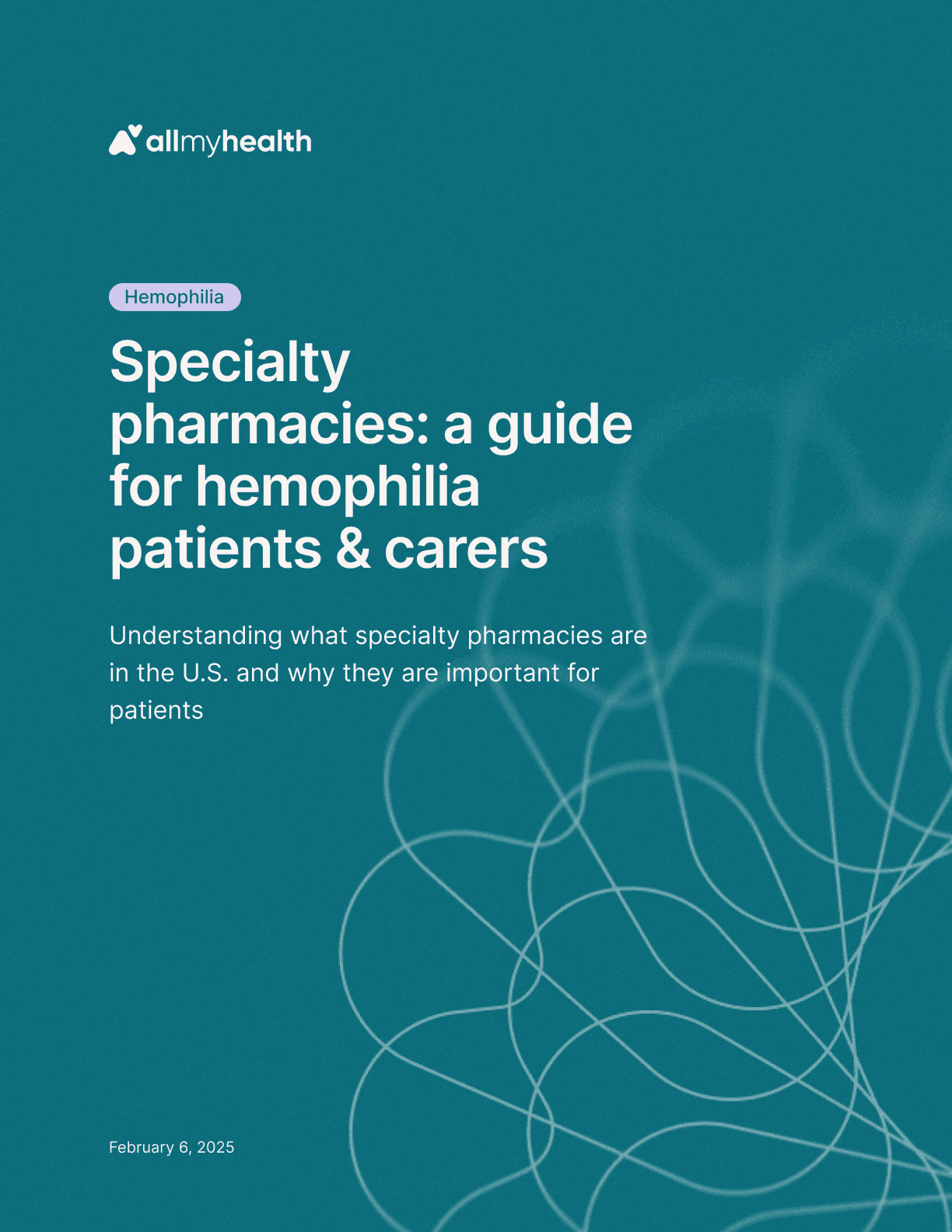
Hemophilia
·
Specialty pharmacies: a guide for hemophilia patients & carers
Feb 6, 2025

Amyotrophic lateral sclerosis
·
Specialty pharmacies: a guide for ALS patients & carers
Feb 6, 2025
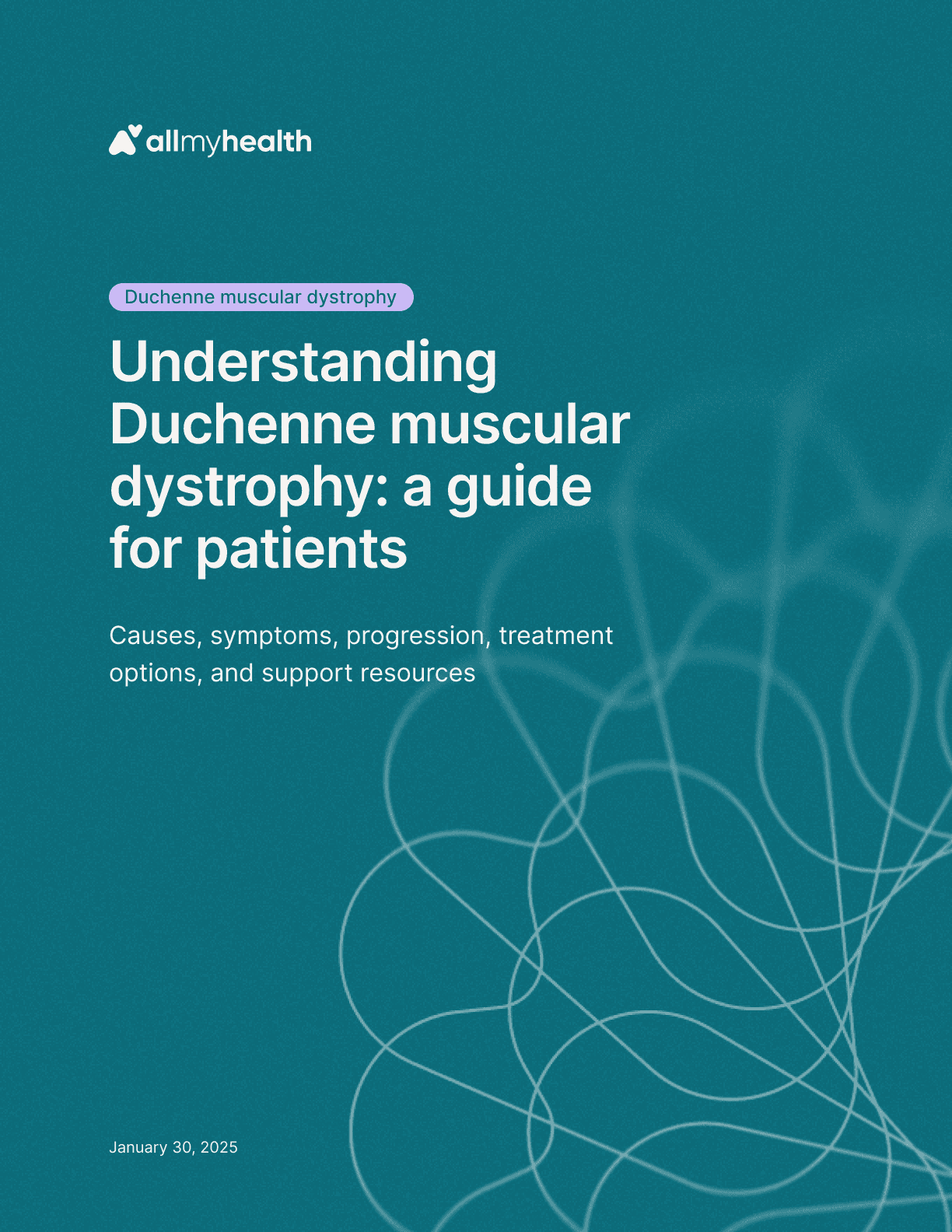
Duchenne muscular dystrophy
·
Understanding Duchenne muscular dystrophy: a guide for patients
Jan 30, 2025
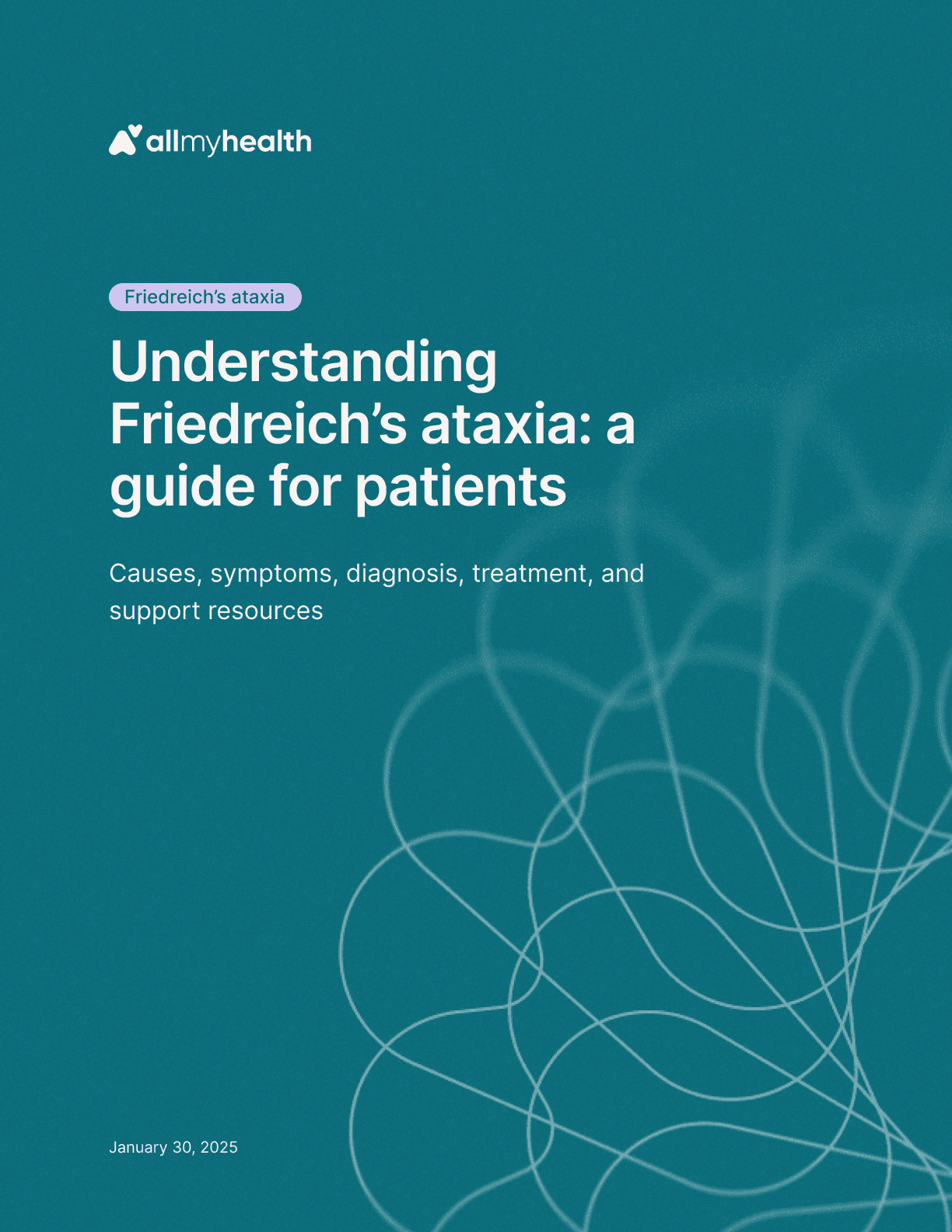
Friedreich's ataxia
·
Understanding Friedreich's ataxia: a guide for patients
Jan 30, 2025

Hemophilia
·
Understanding hemophilia: a guide for patients
Jan 30, 2025
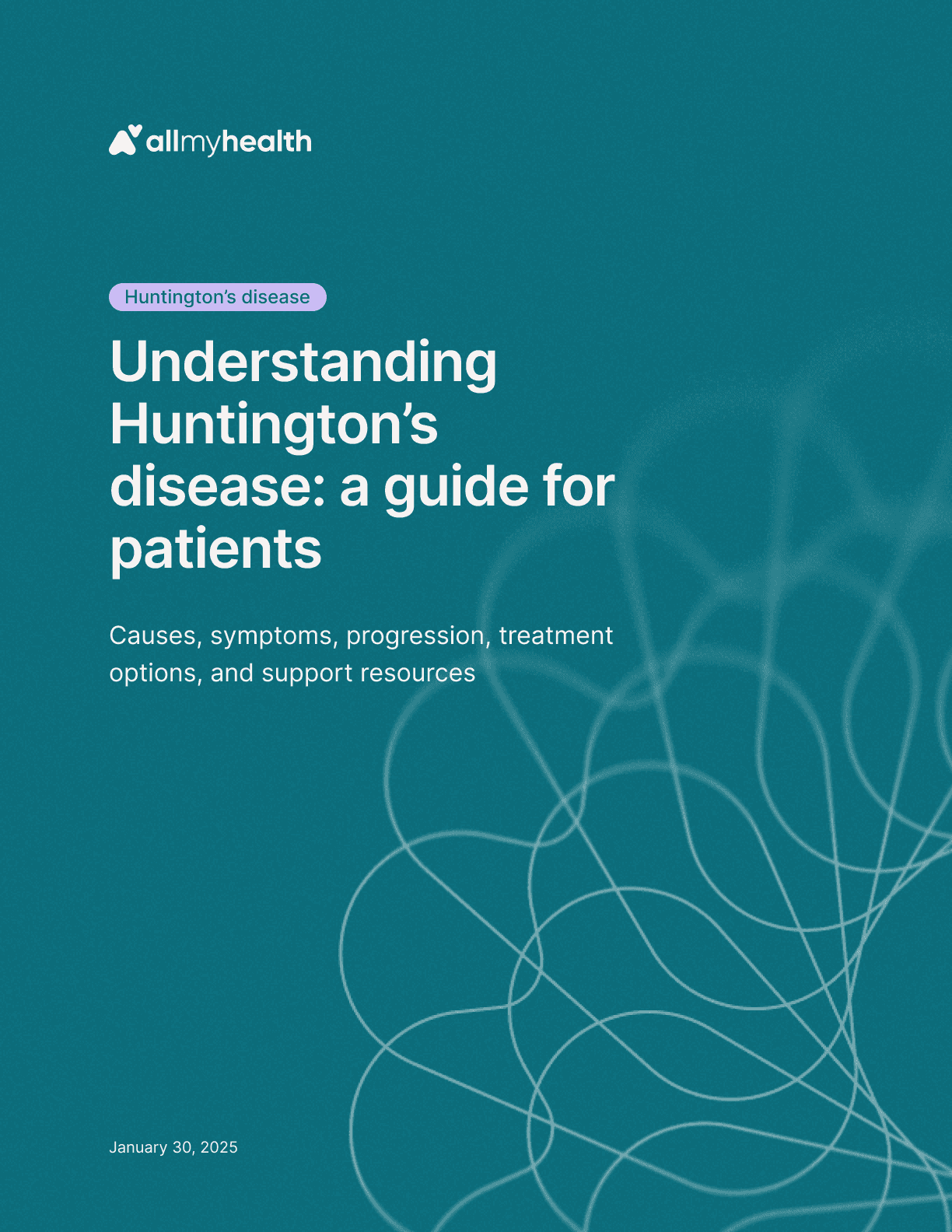
Huntington's disease
·
Understanding Huntington’s disease: a guide for patients
Jan 30, 2025
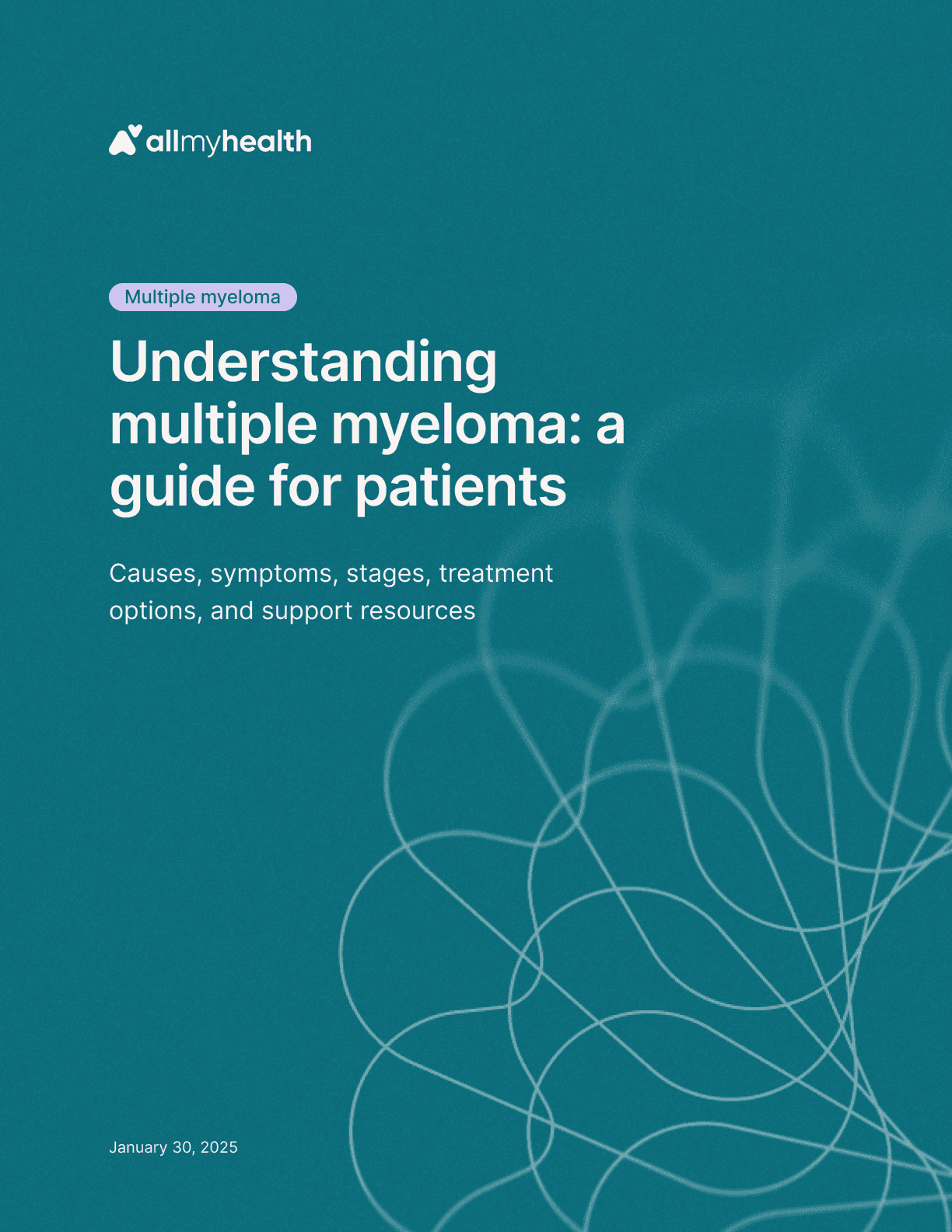
Multiple myeloma
·
Understanding multiple myeloma: a guide for patients
Jan 30, 2025

Primary biliary cholangitis
·
Understanding primary biliary cholangitis: a guide for patients
Jan 30, 2025
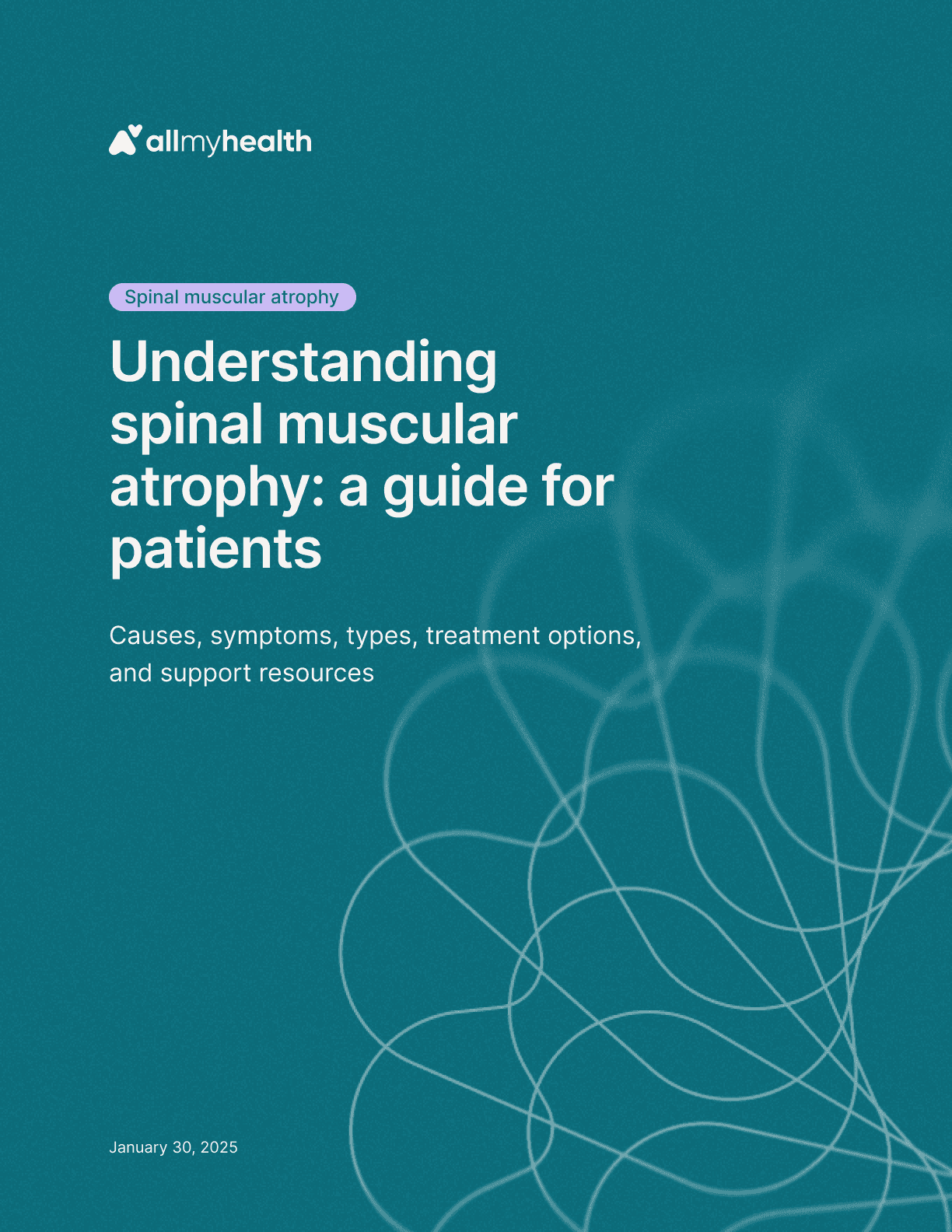
Spinal muscular atrophy
·
Understanding spinal muscular atrophy: a guide for patients
Jan 30, 2025

Amyotrophic lateral sclerosis
·
Understanding amyotrophic lateral sclerosis: a guide for patients
Jan 23, 2025
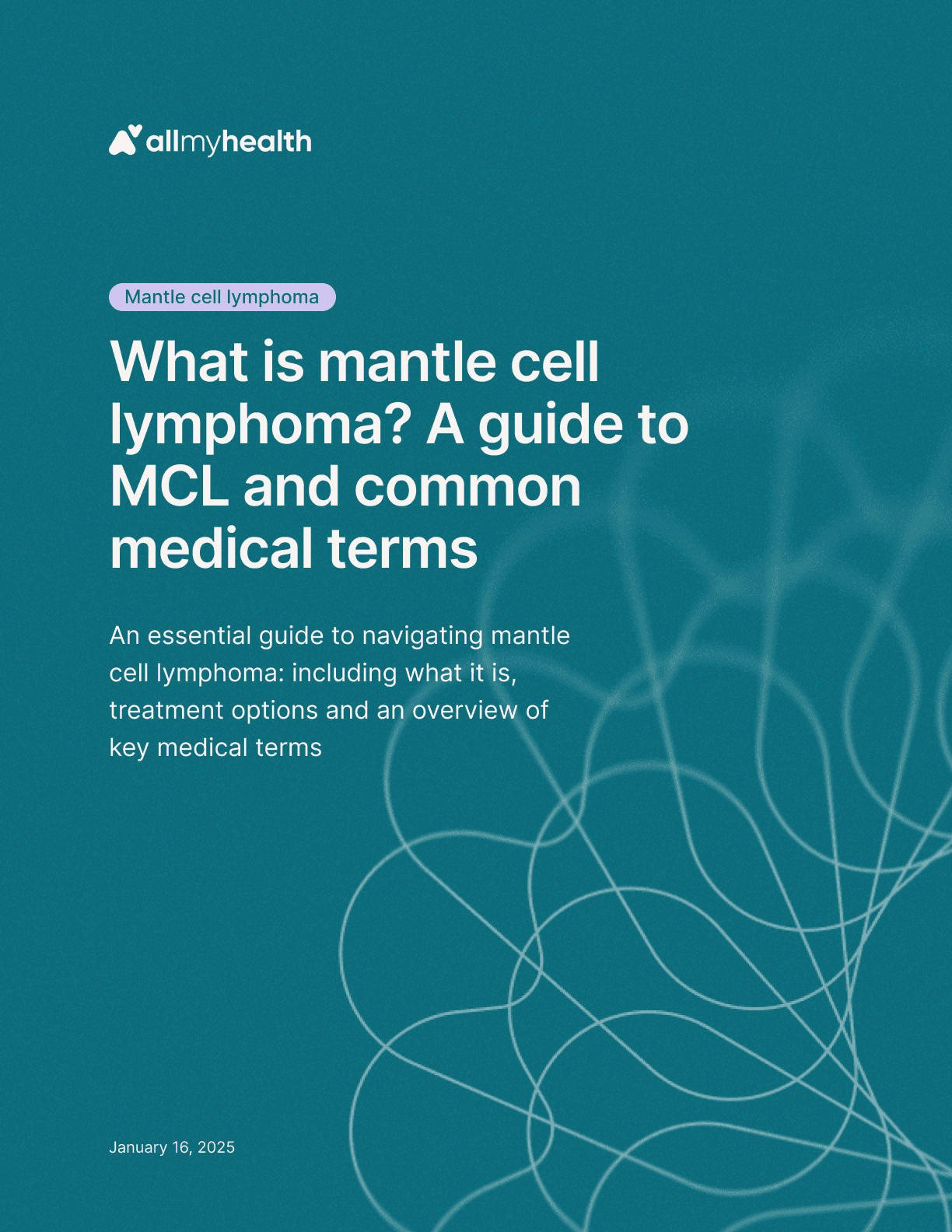
Mantle cell lymphoma
·
What is mantle cell lymphoma? A guide to MCL and common medical terms
Jan 23, 2025
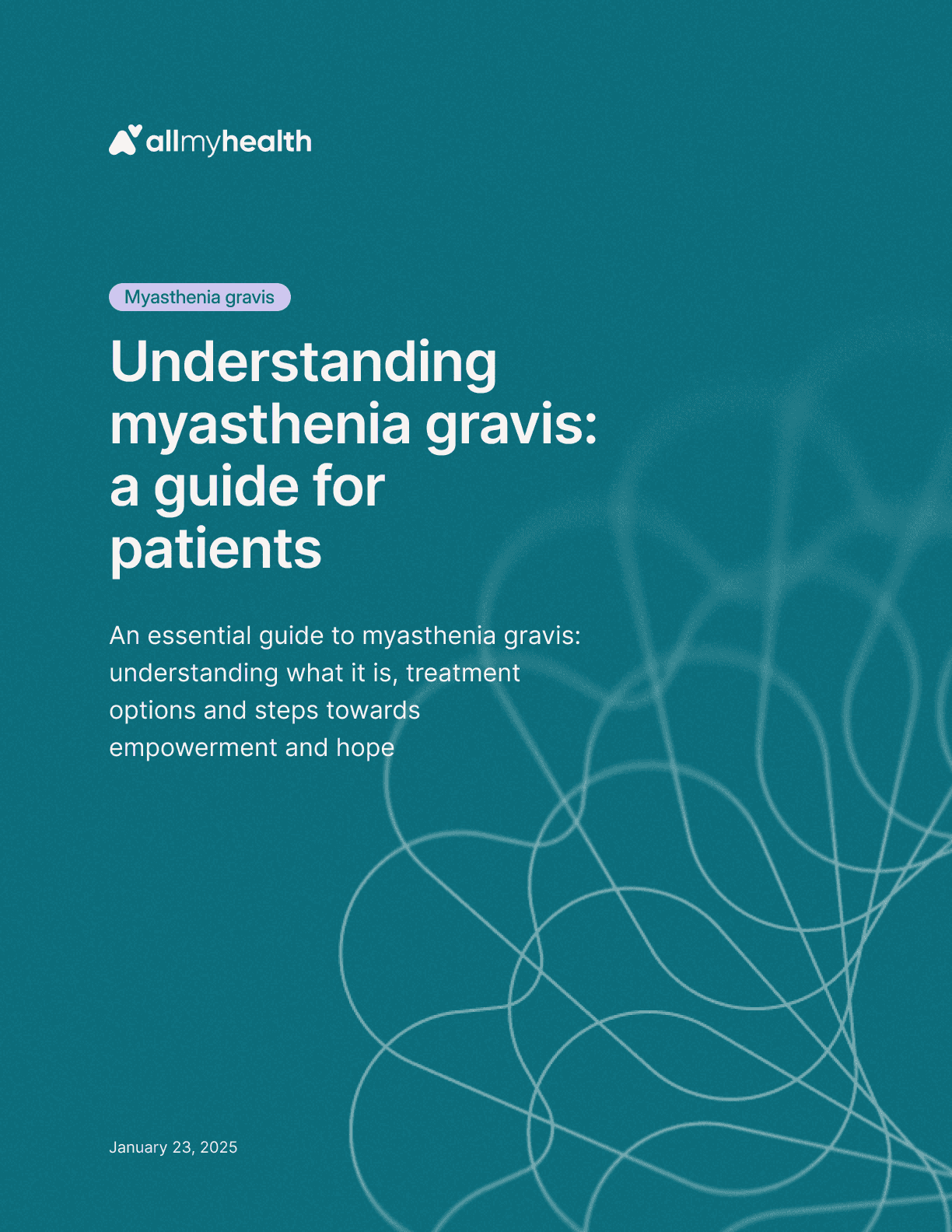
Myasthenia gravis
·
Understanding myasthenia gravis: a guide for patients
Jan 23, 2025
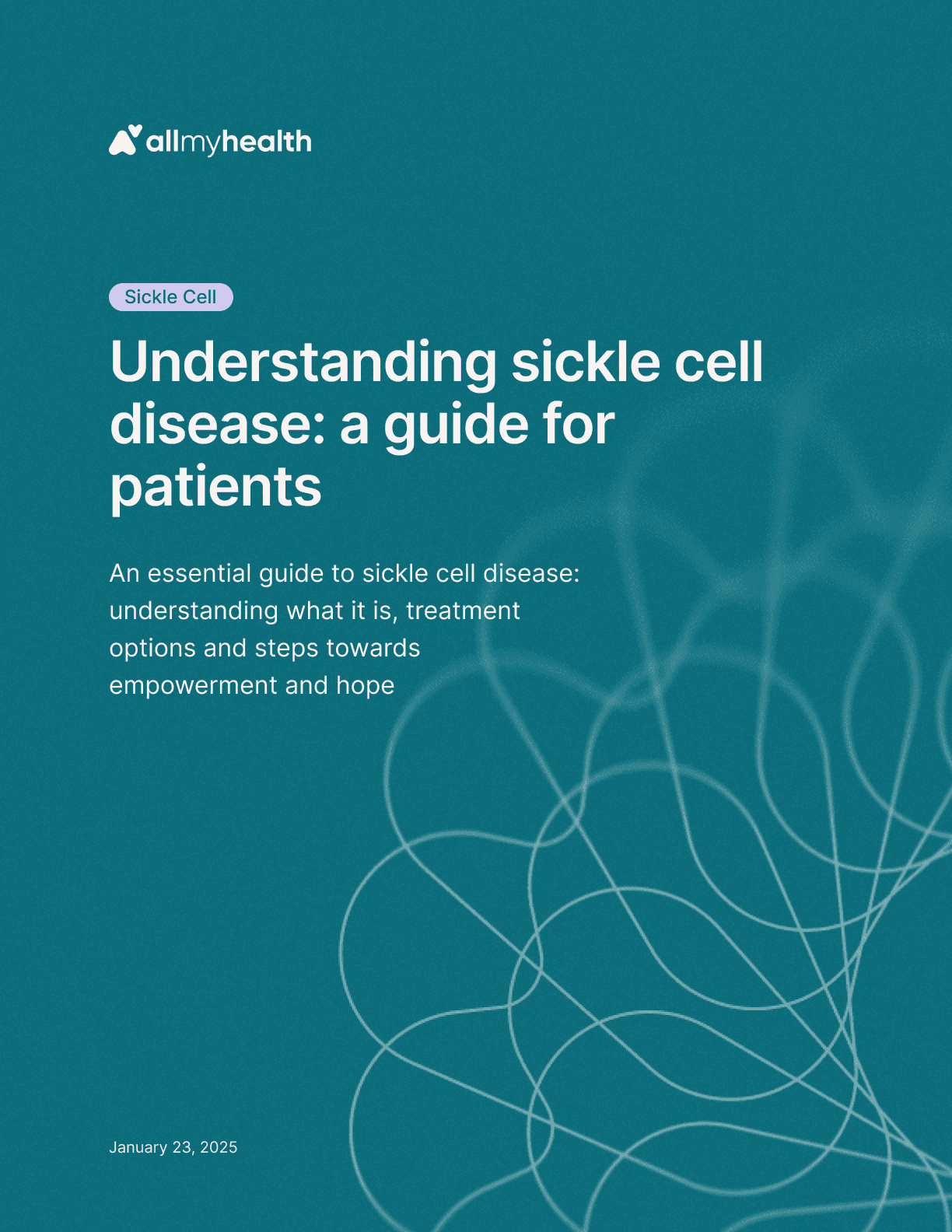
Sickle cell
·
Understanding sickle cell disease: a guide for patients
Jan 23, 2025
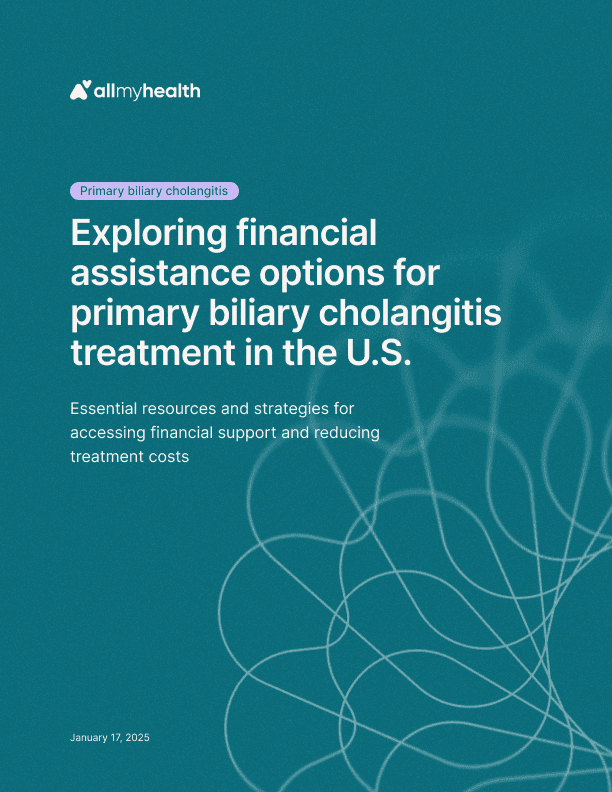
Primary biliary cholangitis
·
Exploring financial assistance options for primary biliary cholangitis treatment in the U.S.
Jan 17, 2025
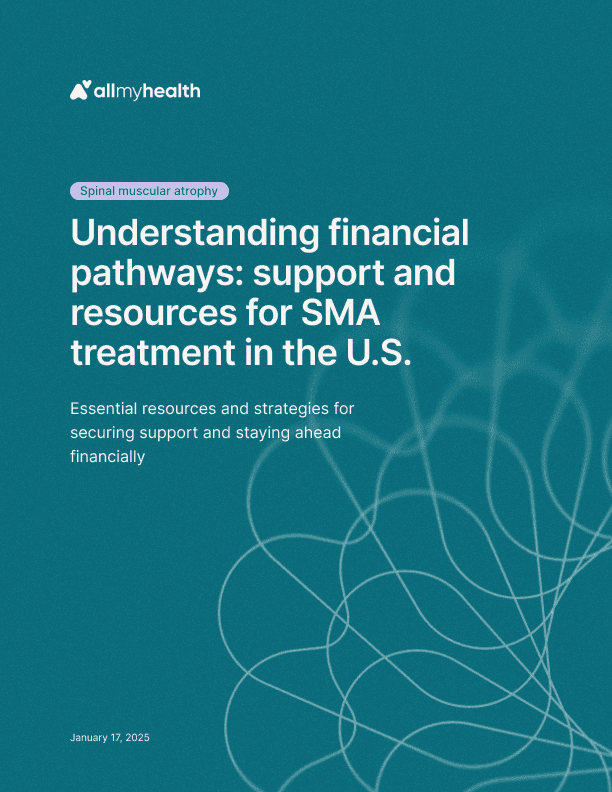
Spinal muscular atrophy
·
Understanding financial pathways: support and resources for SMA treatment in the U.S.
Jan 17, 2025
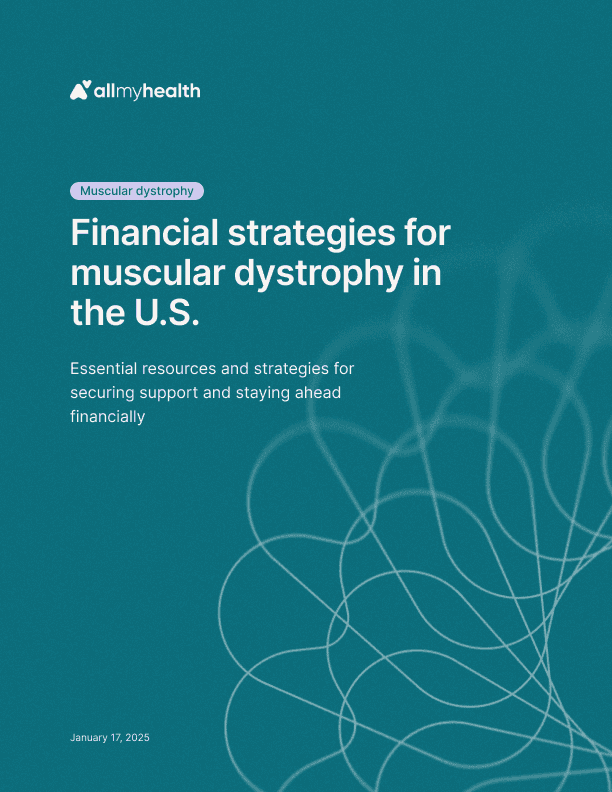
Duchenne muscular dystrophy
·
Financial strategies for muscular dystrophy in the U.S.
Jan 17, 2025

Hemophilia
·
Navigating financial assistance for hemophilia treatment in the U.S.
Jan 17, 2025
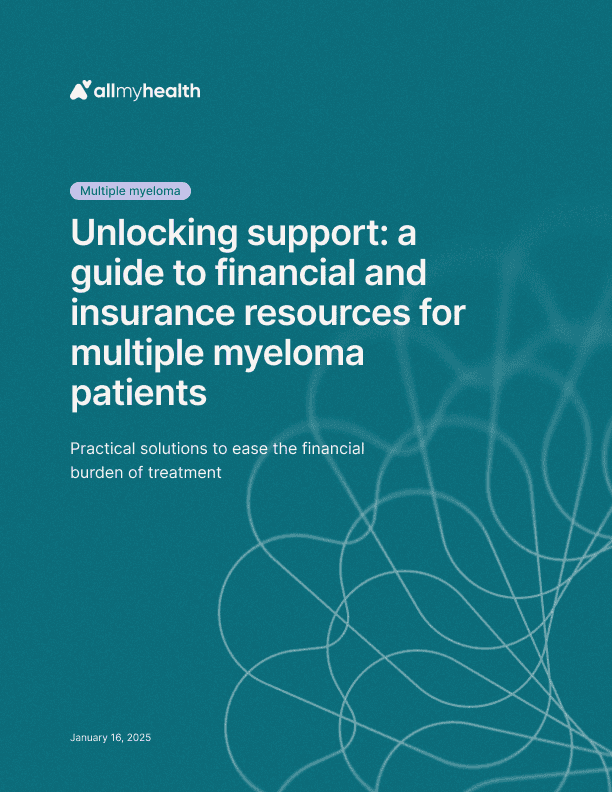
Multiple myeloma
·
Unlocking support: a guide to financial and insurance resources for multiple myeloma patients
Jan 17, 2025

Friedreich's ataxia
·
Navigating Friedreich’s ataxia in the U.S.: a practical guide to support and financial planning
Jan 17, 2025
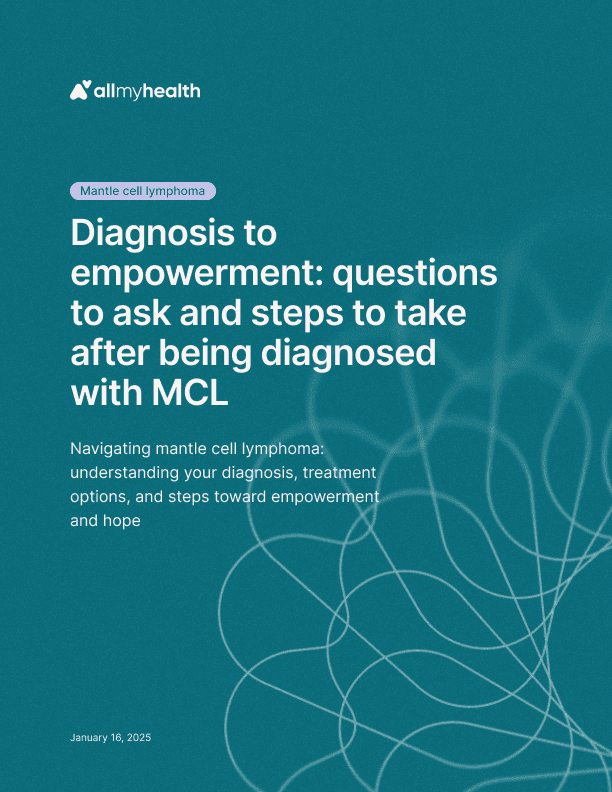
Mantle cell lymphoma
·
Diagnosis to empowerment: questions to ask and steps to take after being diagnosed with MCL
Jan 16, 2025
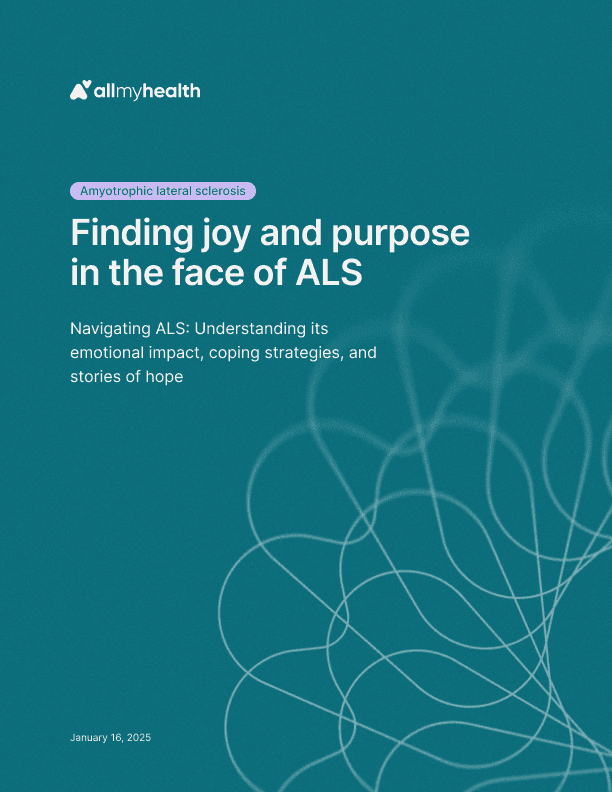
Amyotrophic lateral sclerosis
·
Finding joy and purpose in the face of ALS
Jan 16, 2025
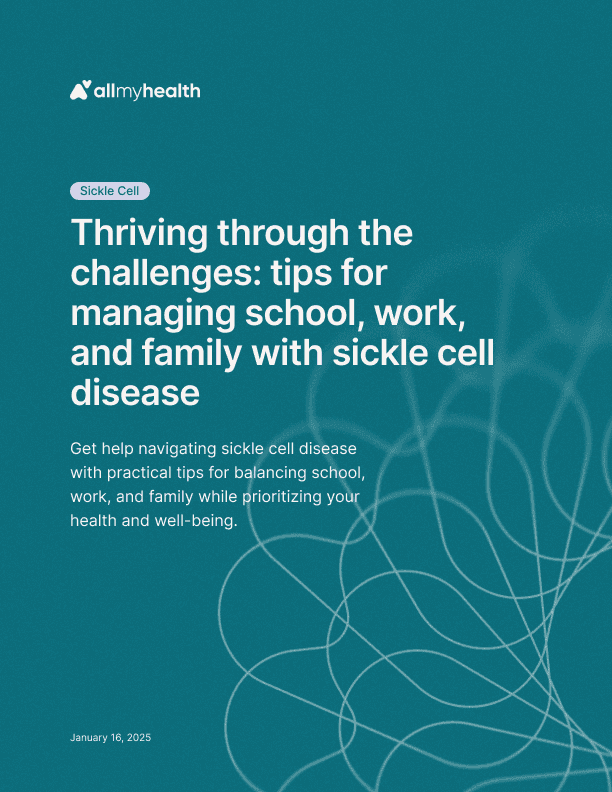
Sickle cell
·
Thriving through the challenges: tips for managing school, work, and family with sickle cell disease
Jan 16, 2025